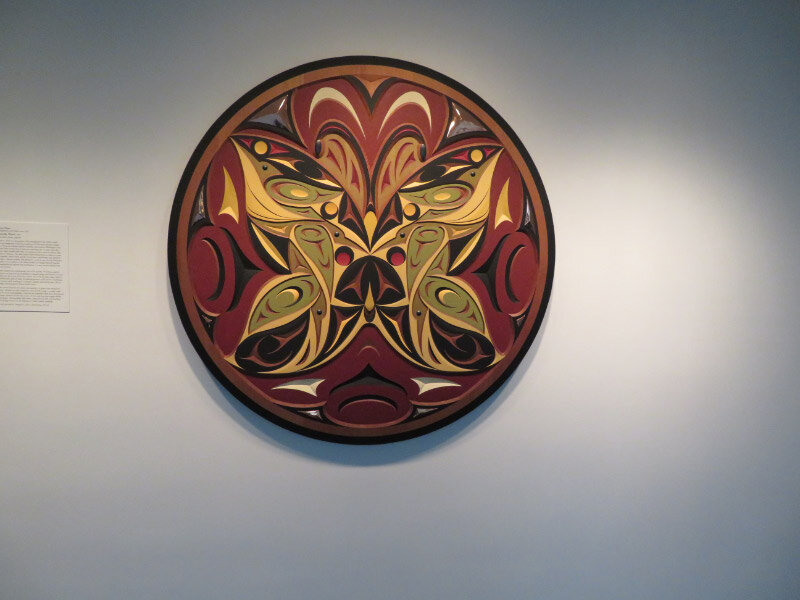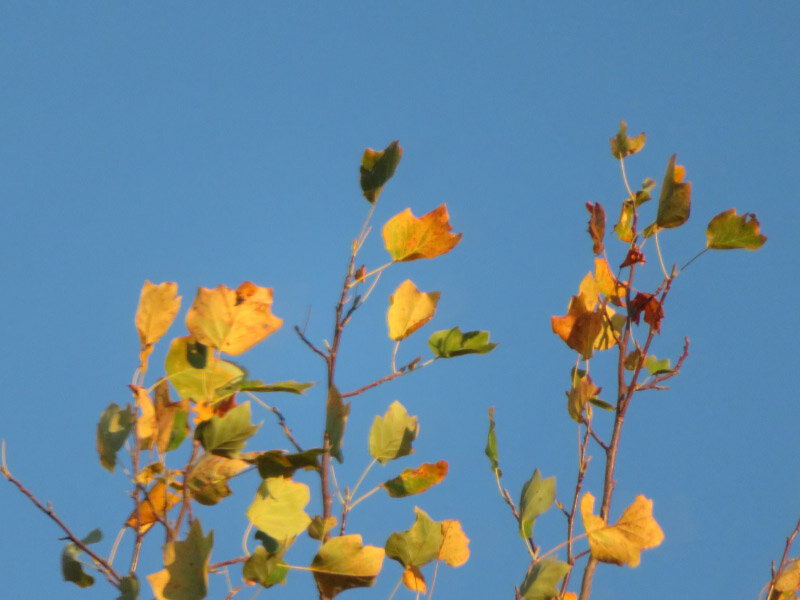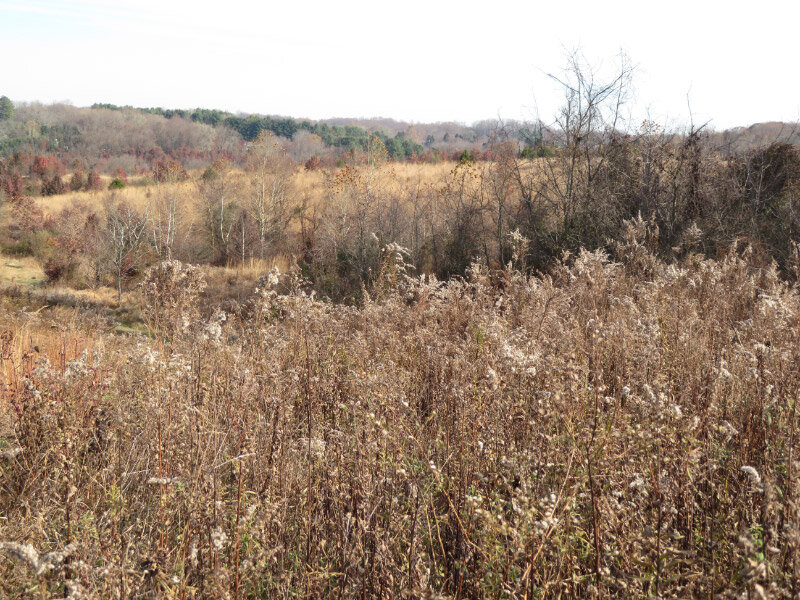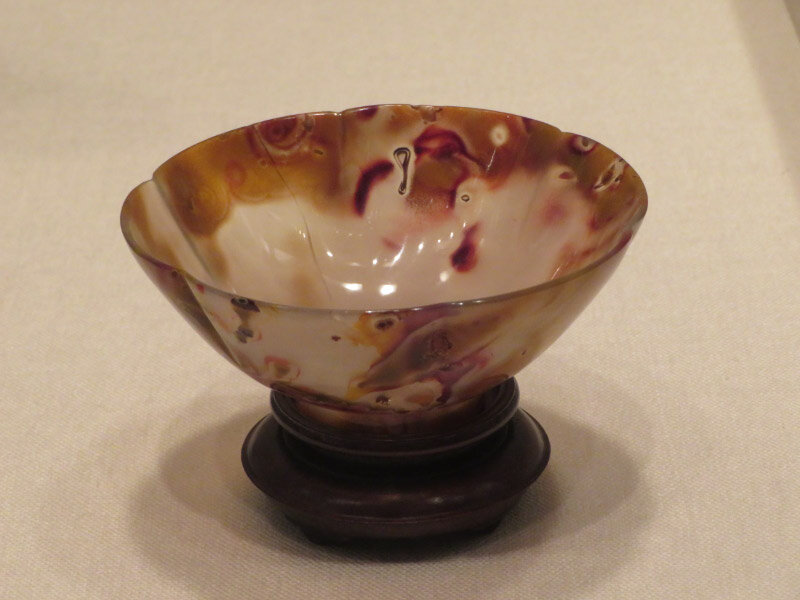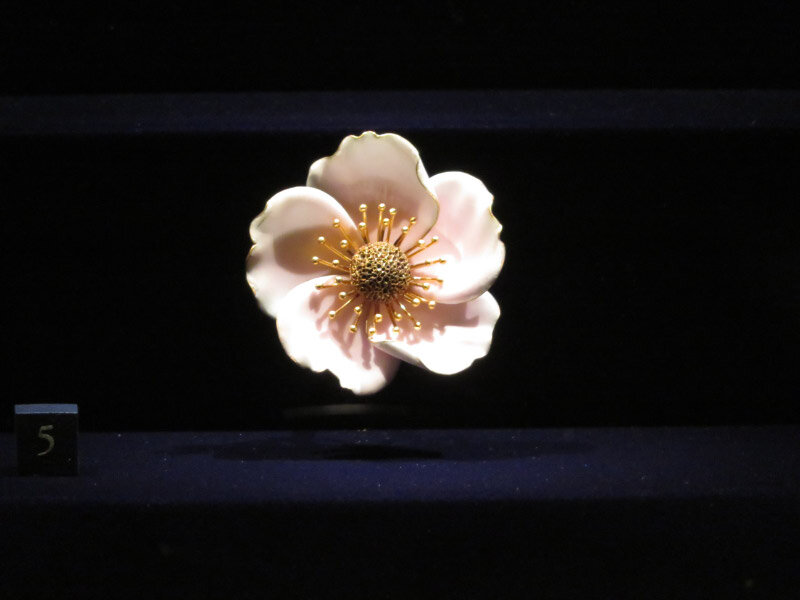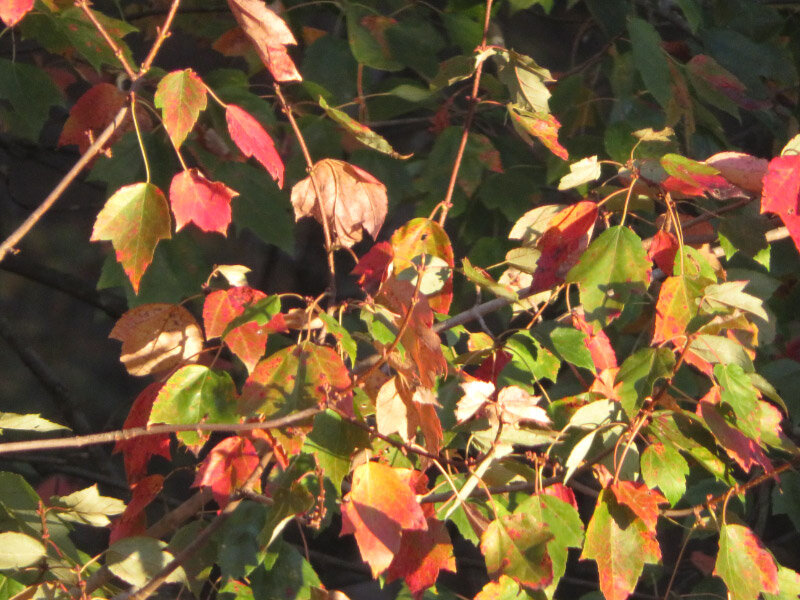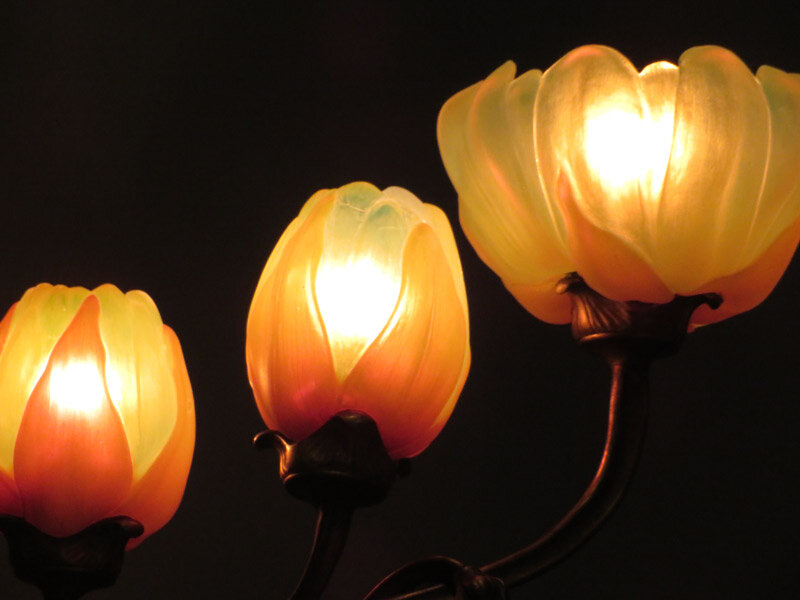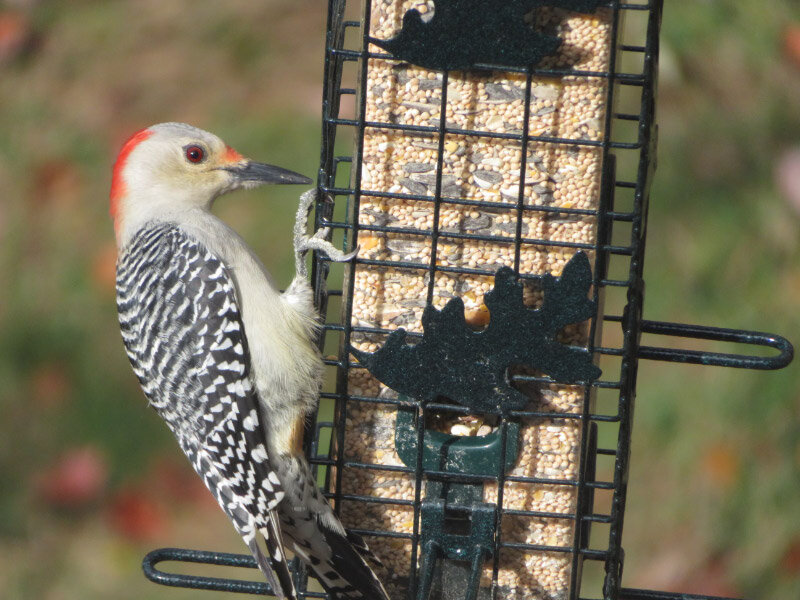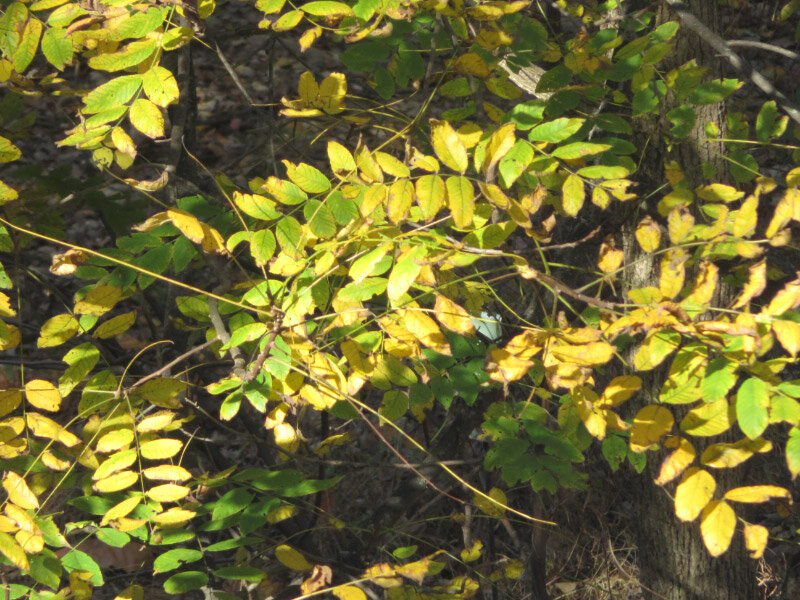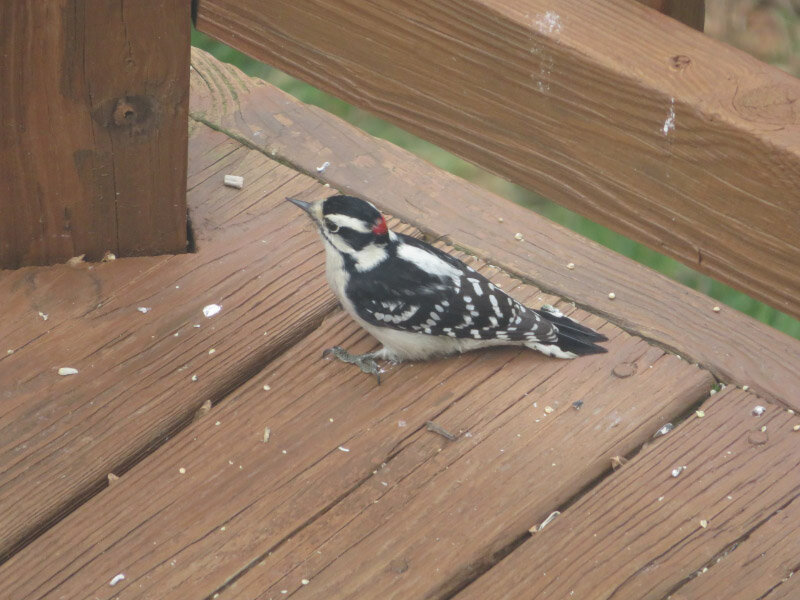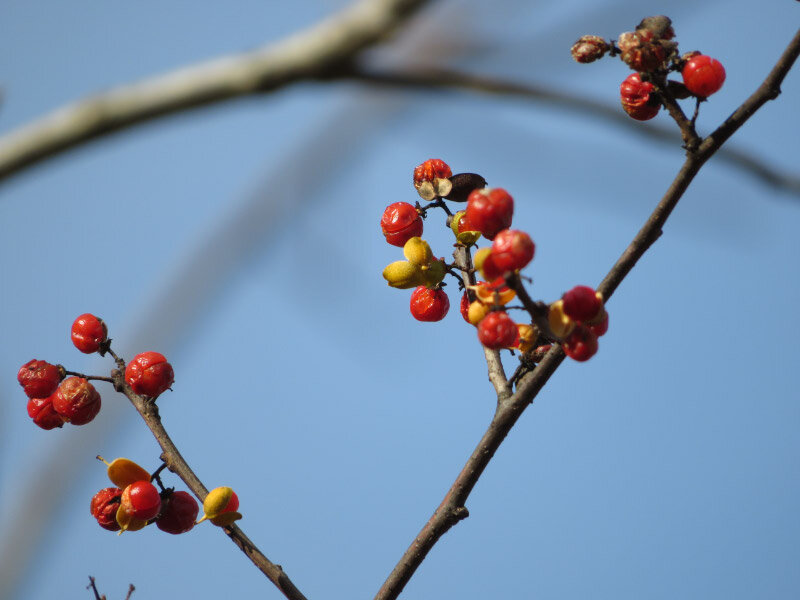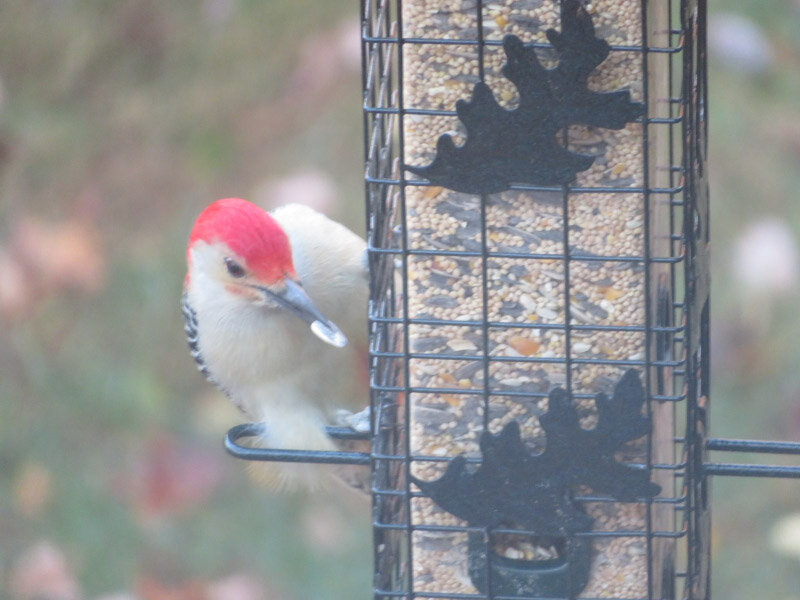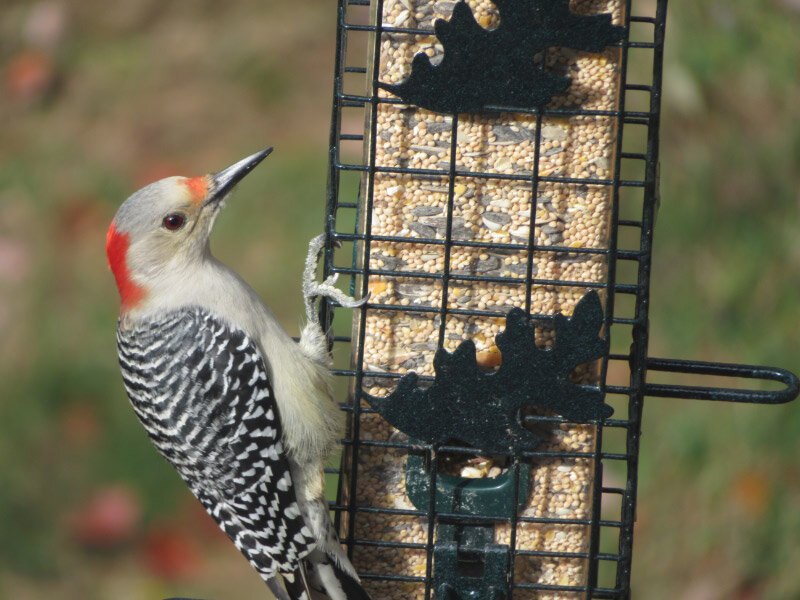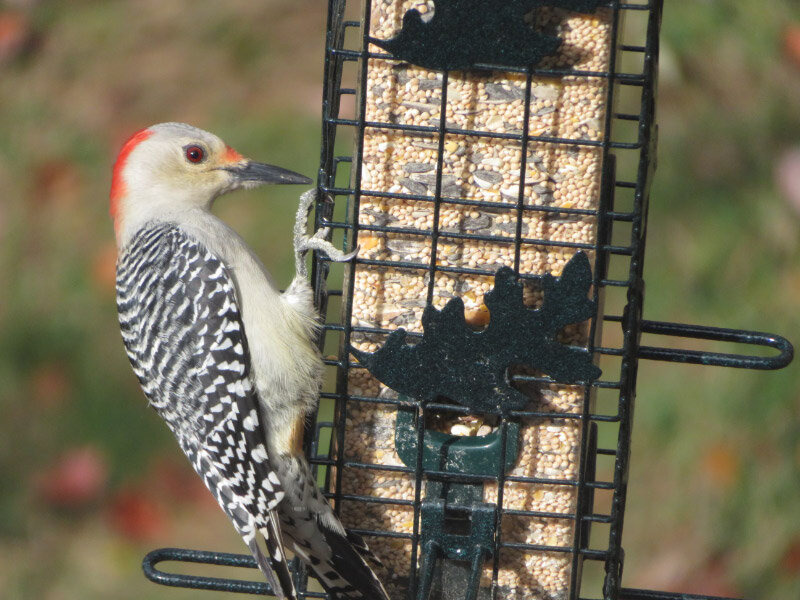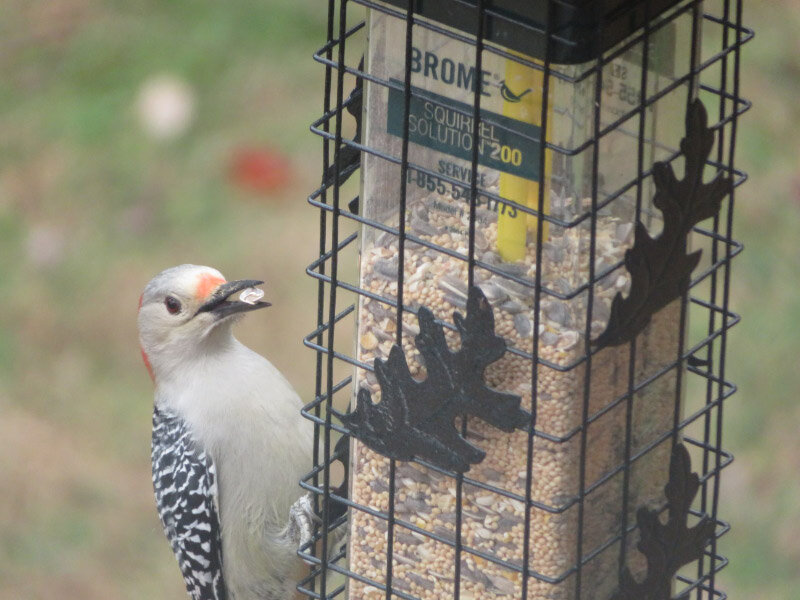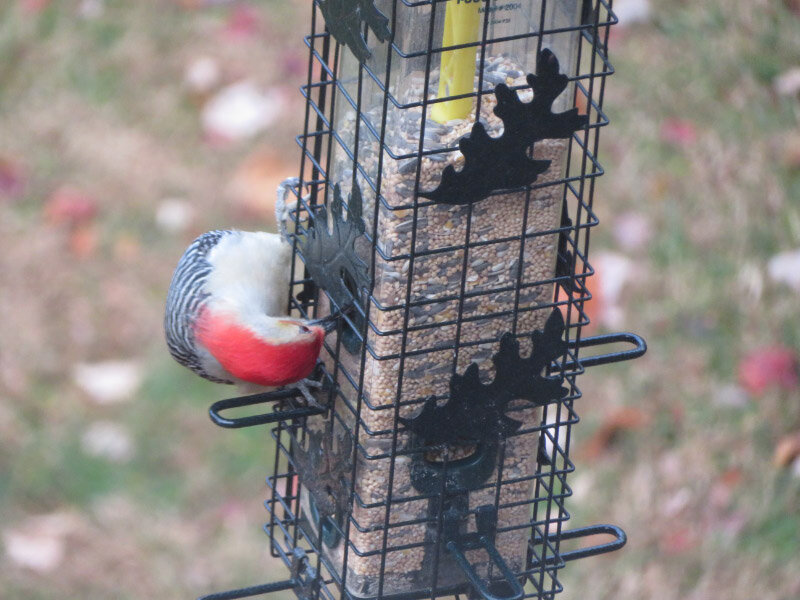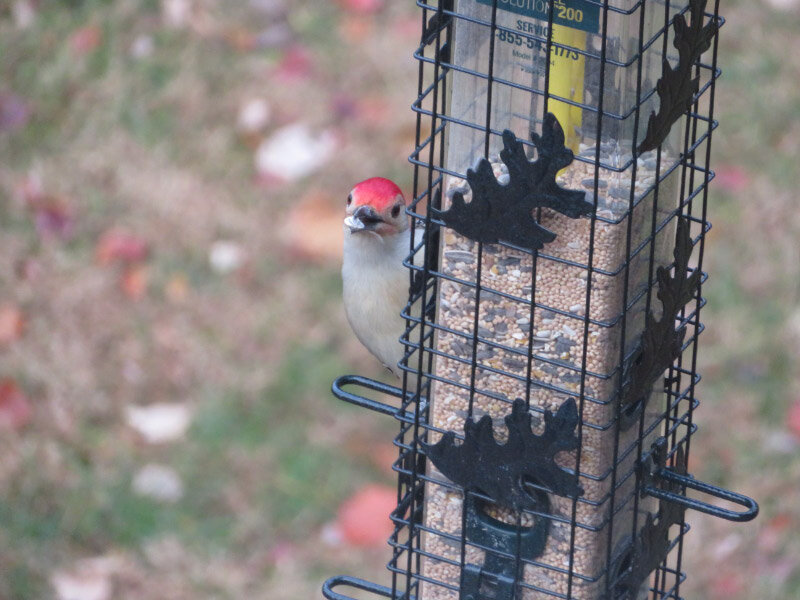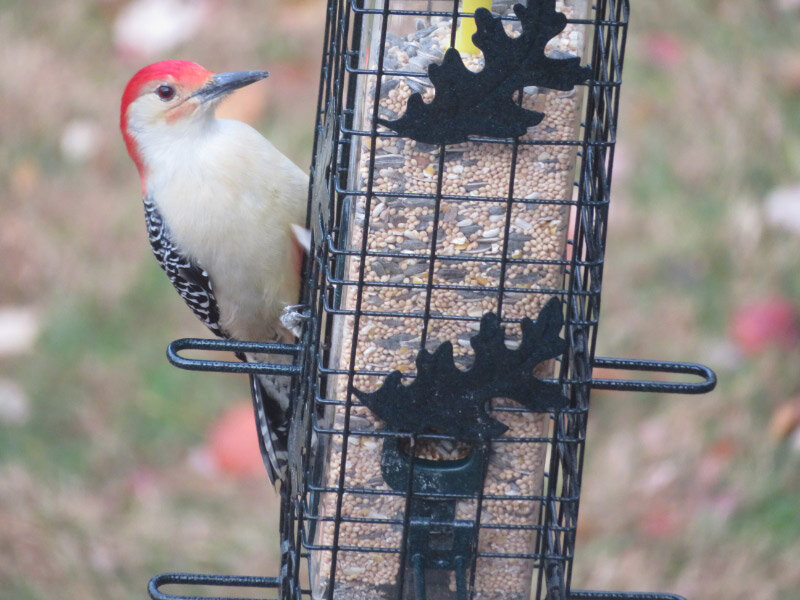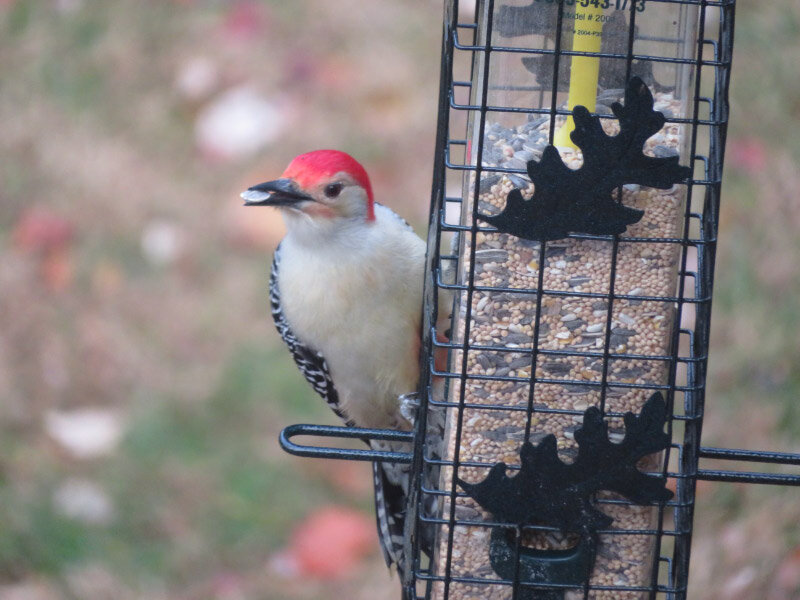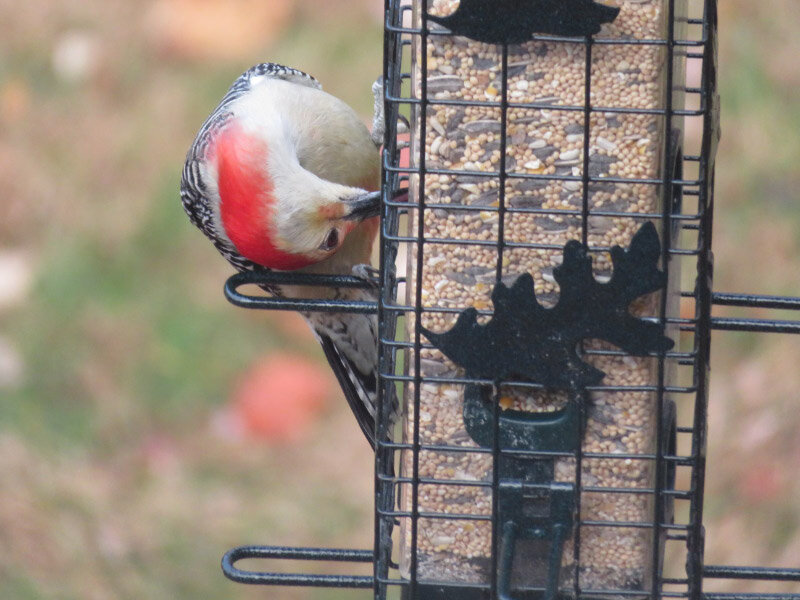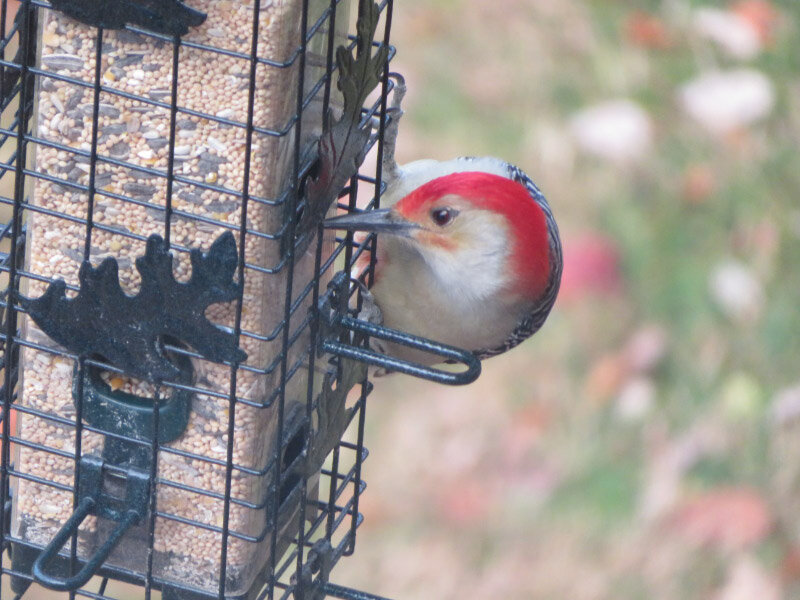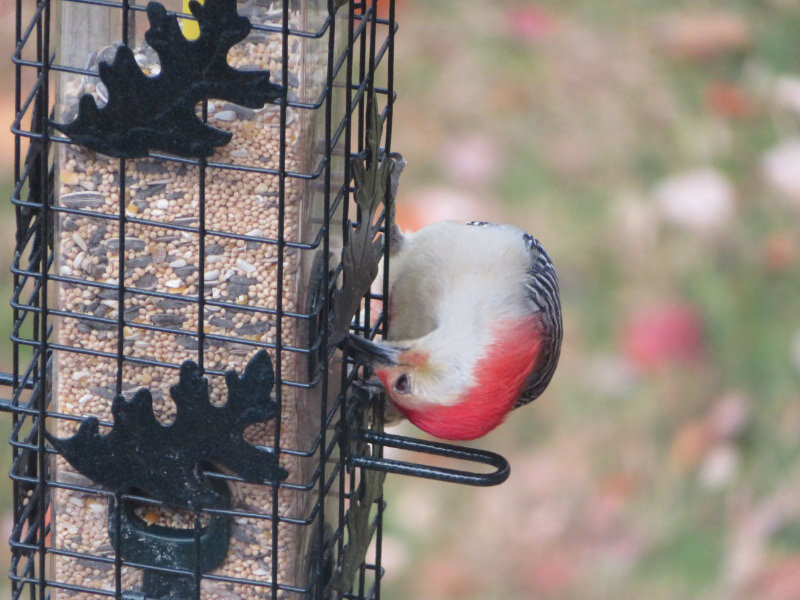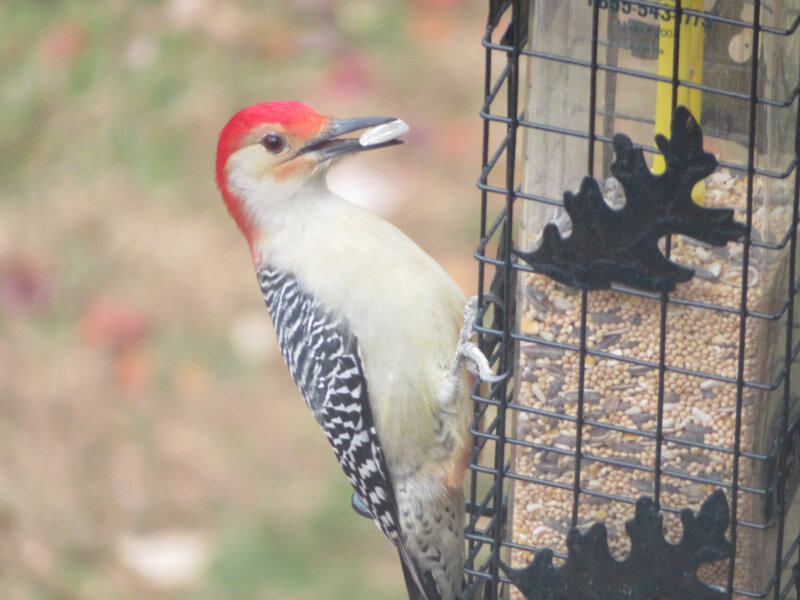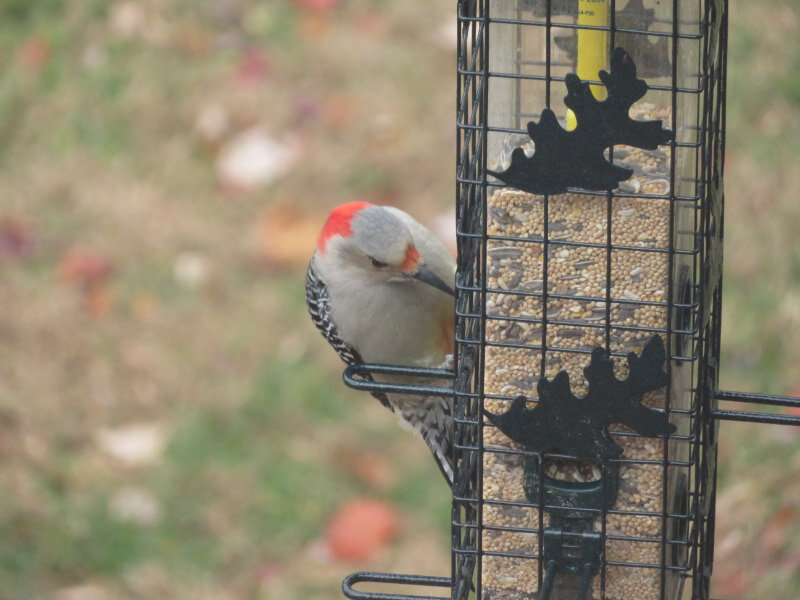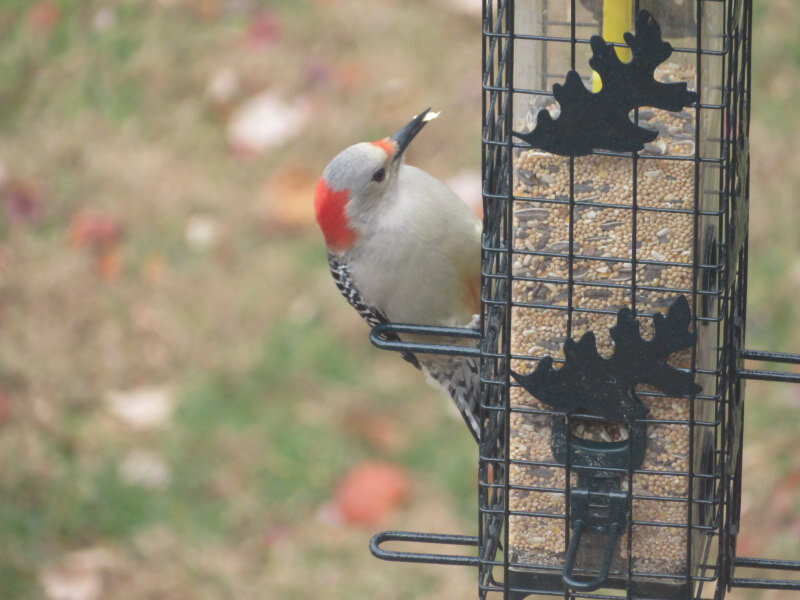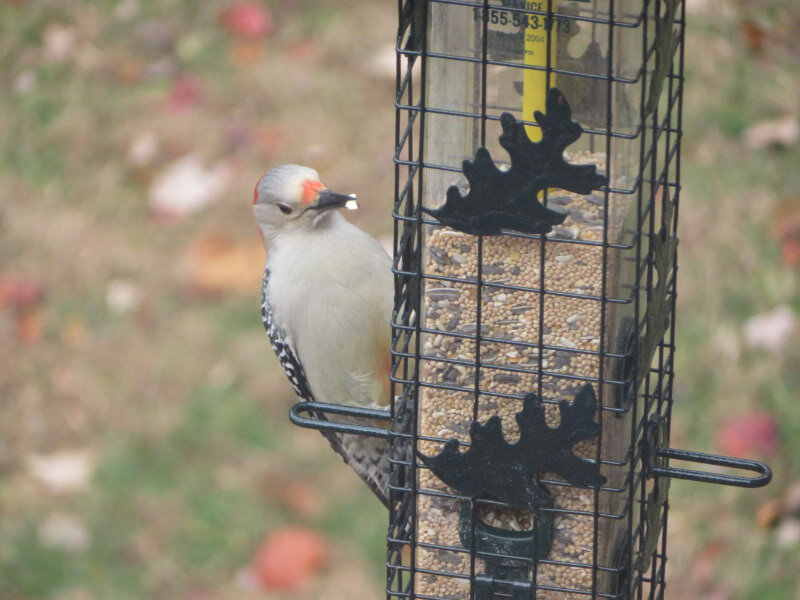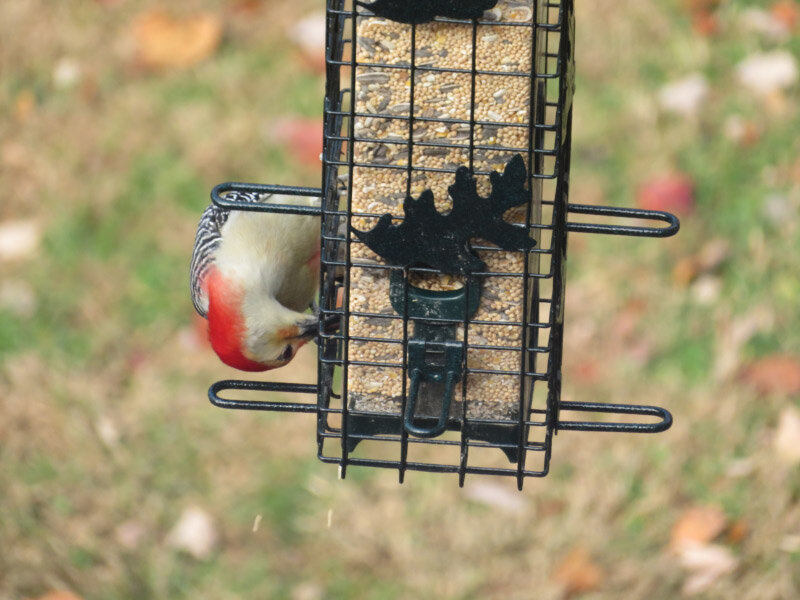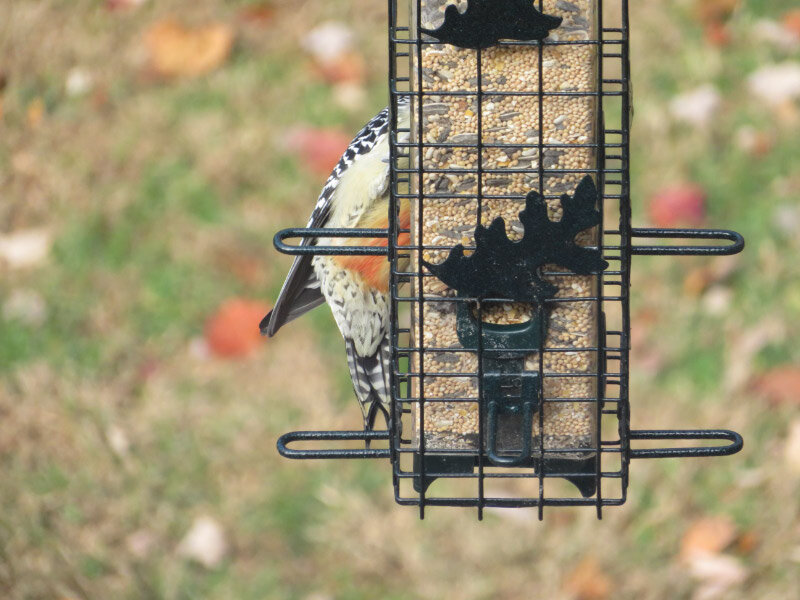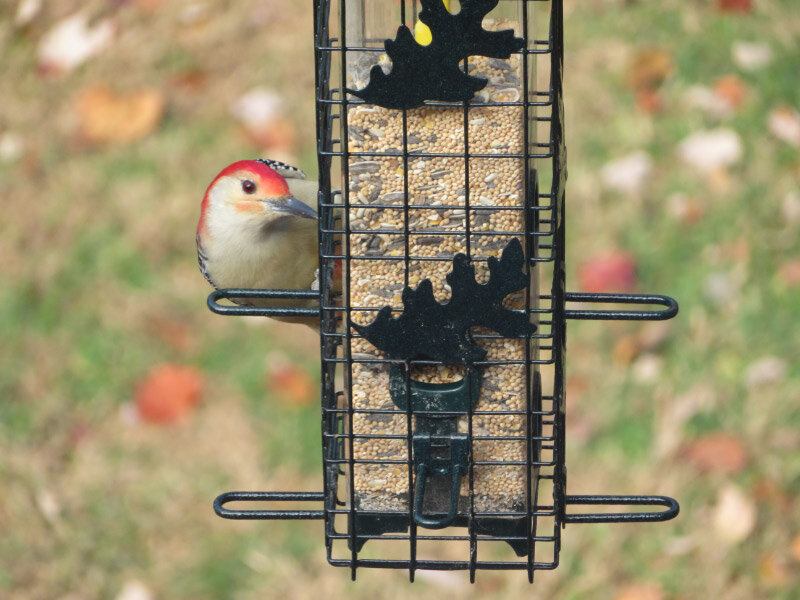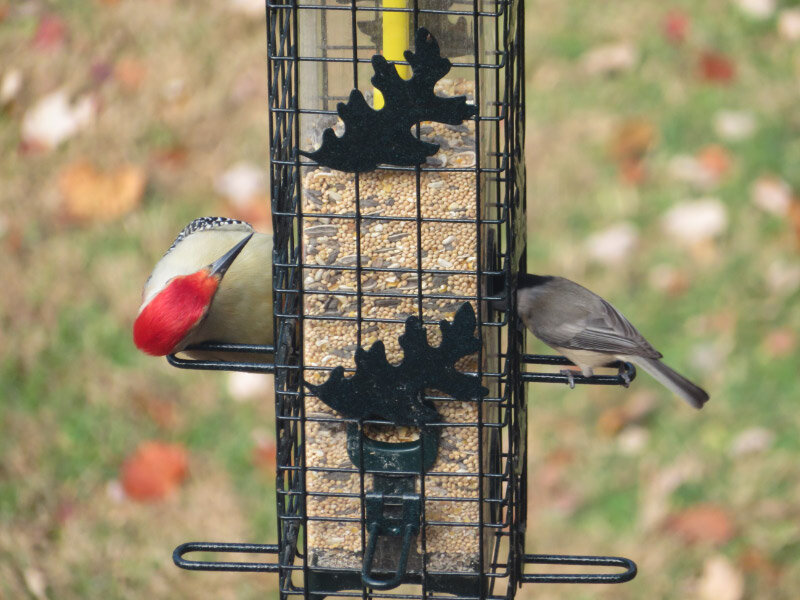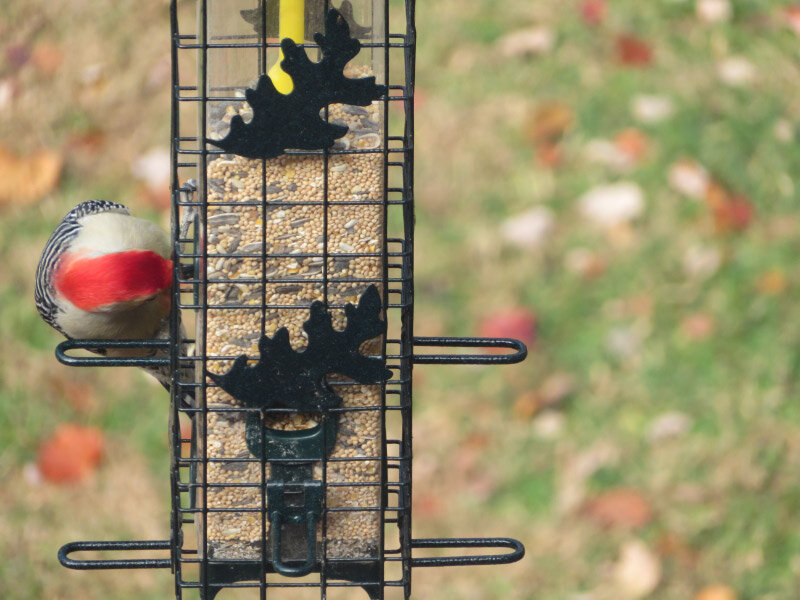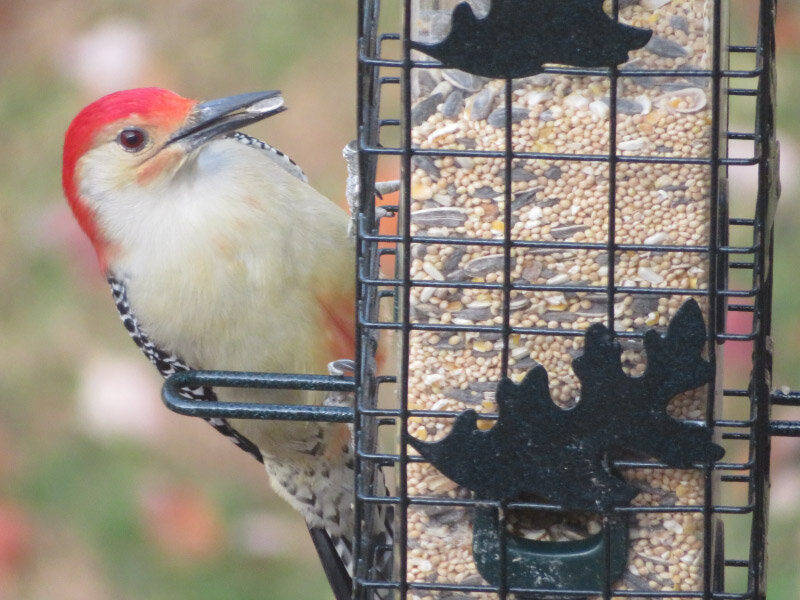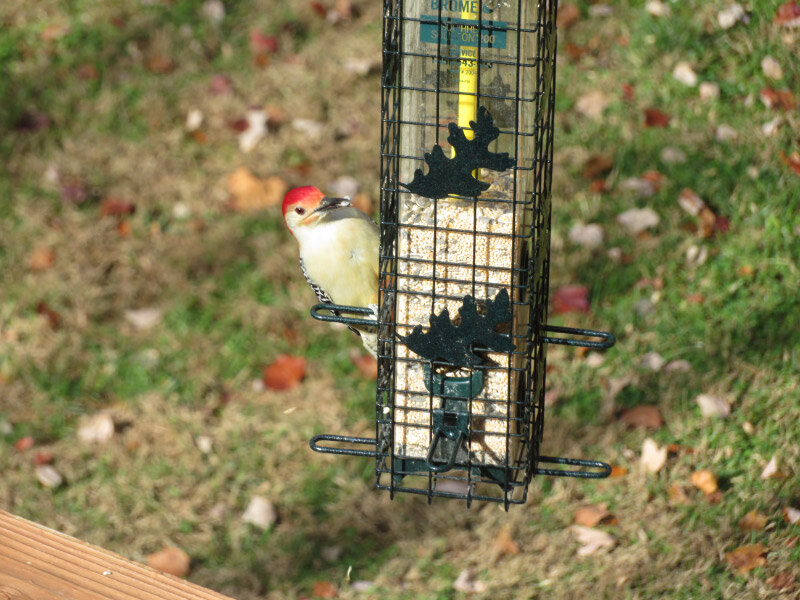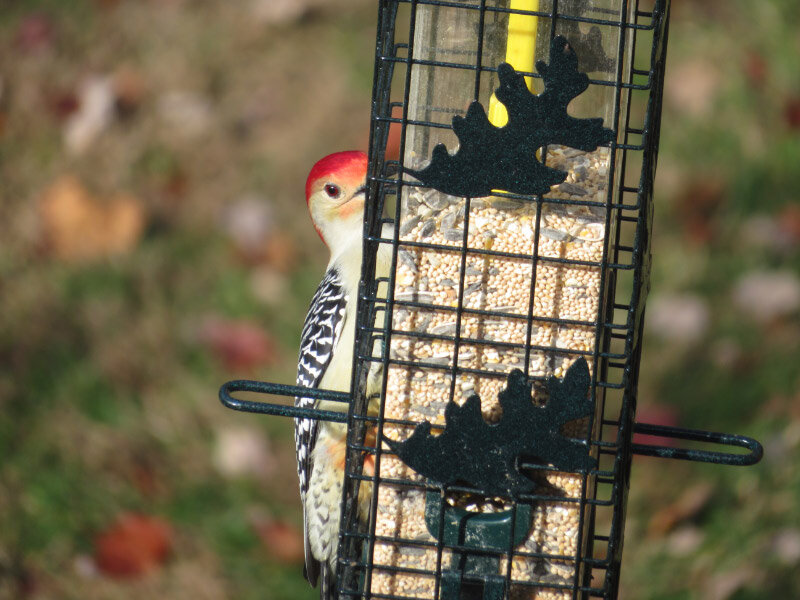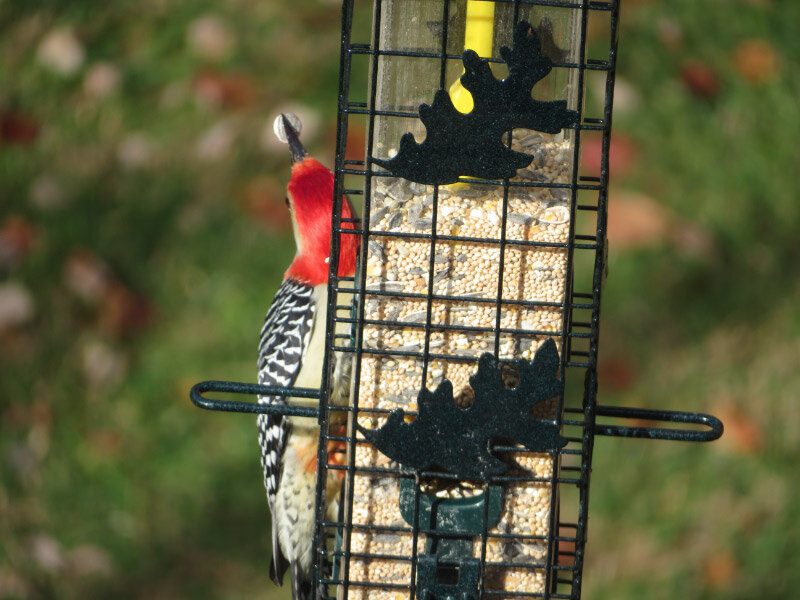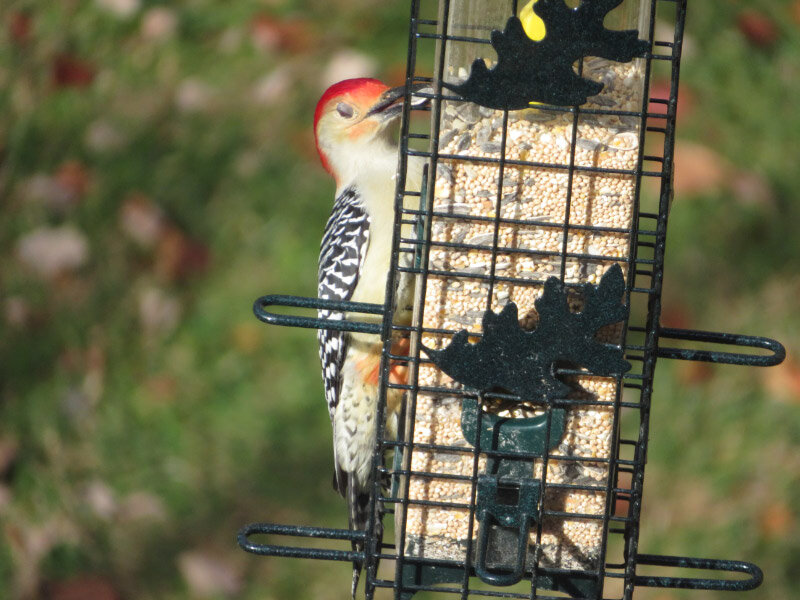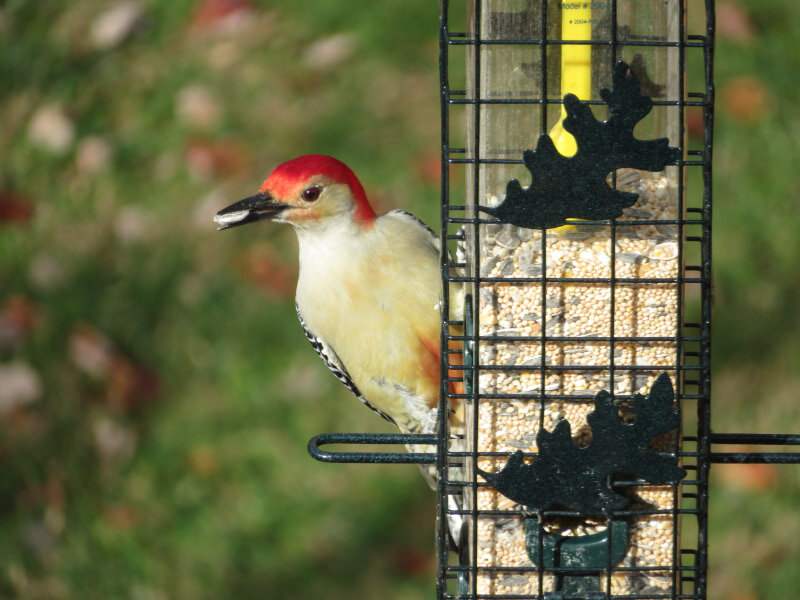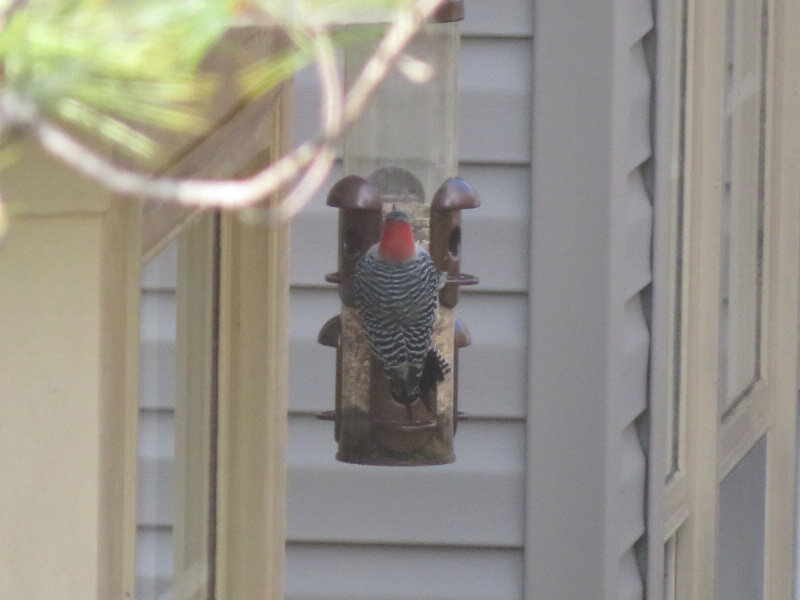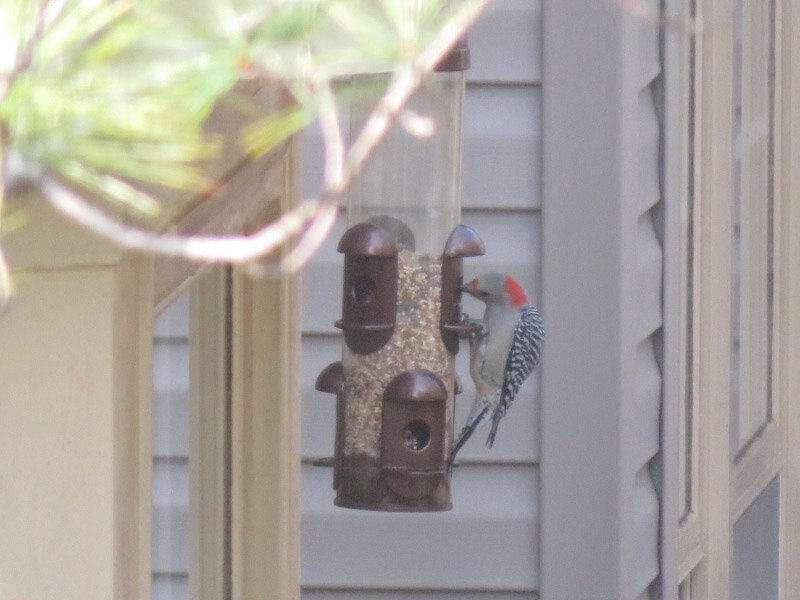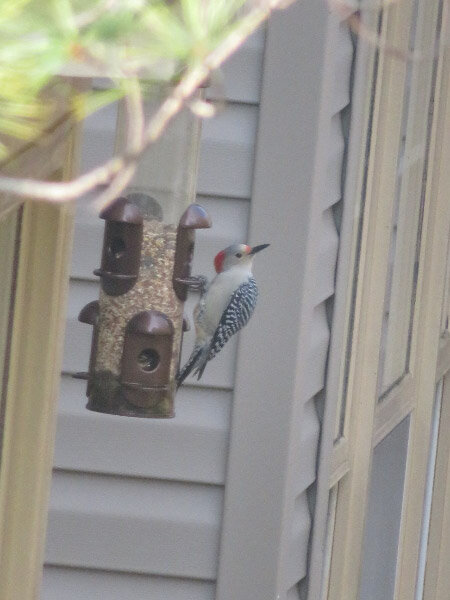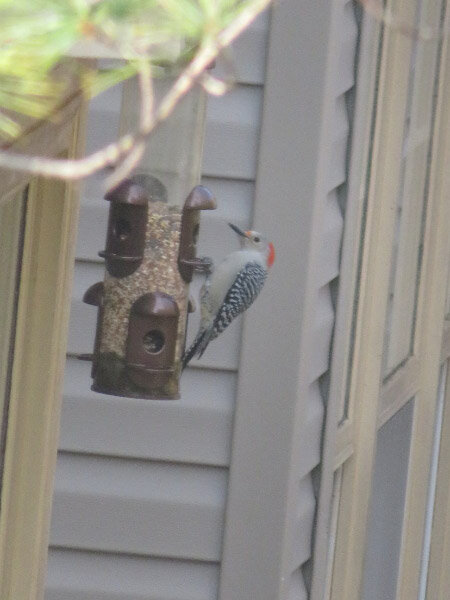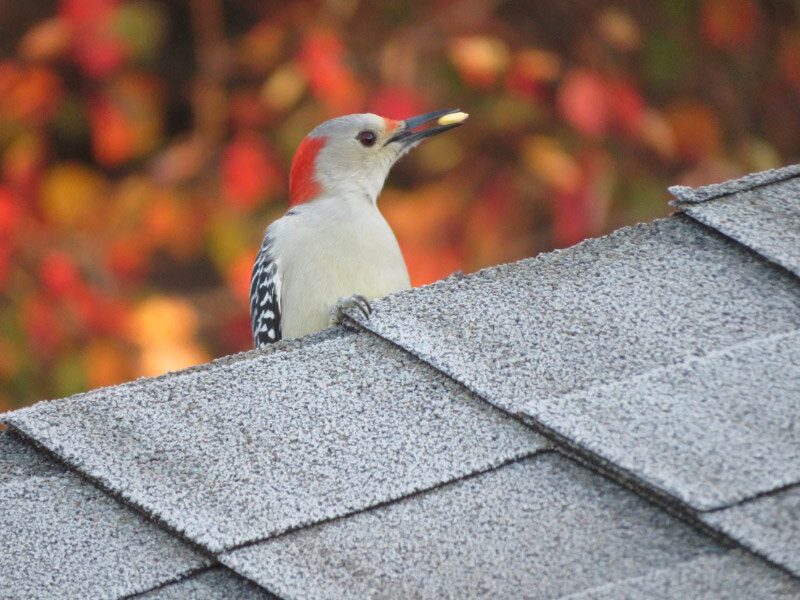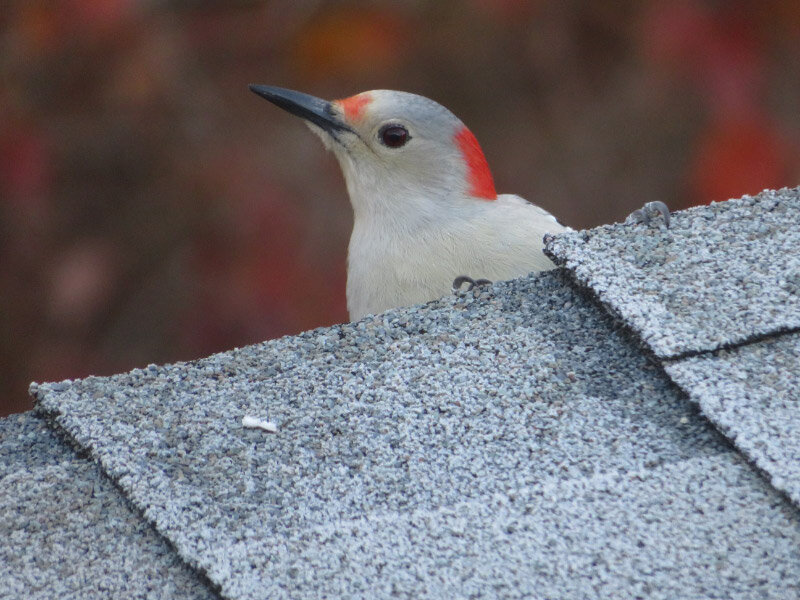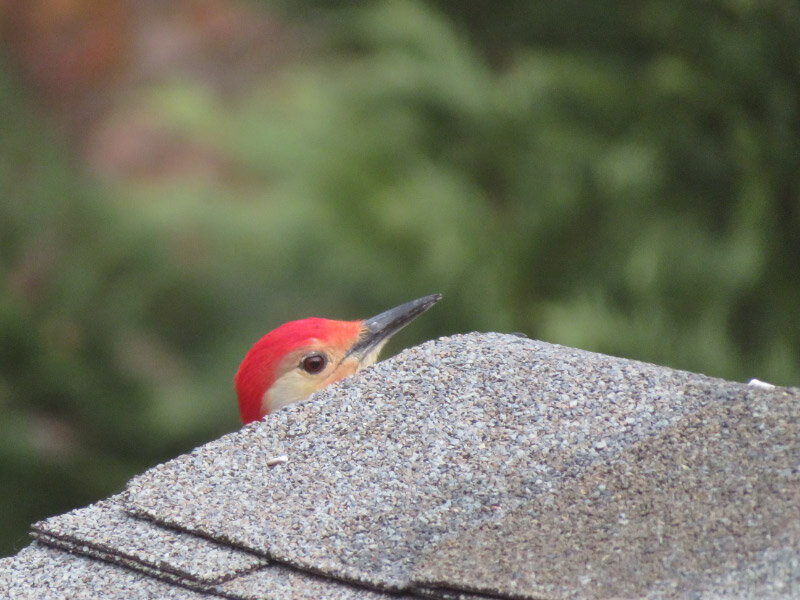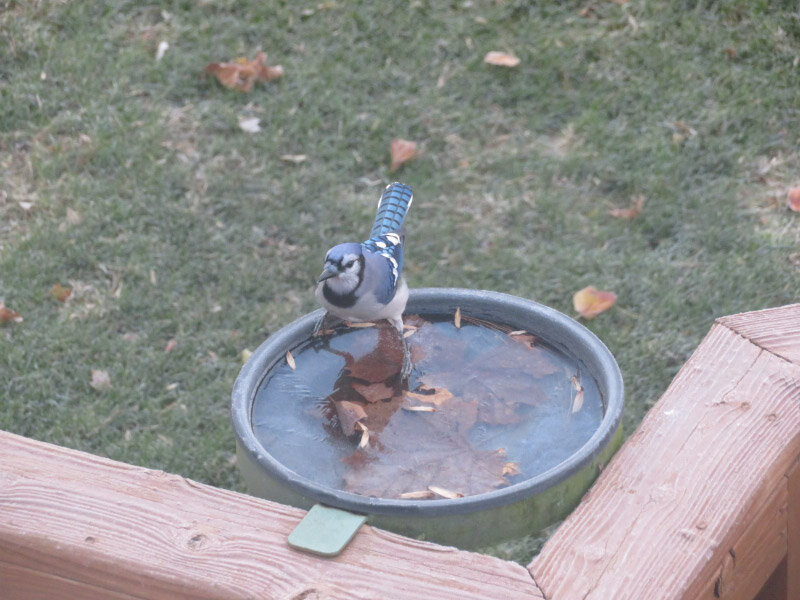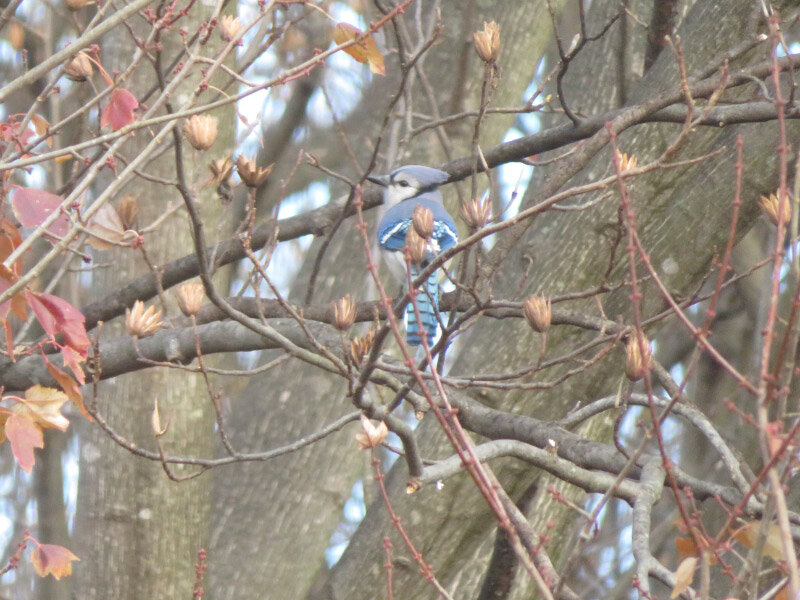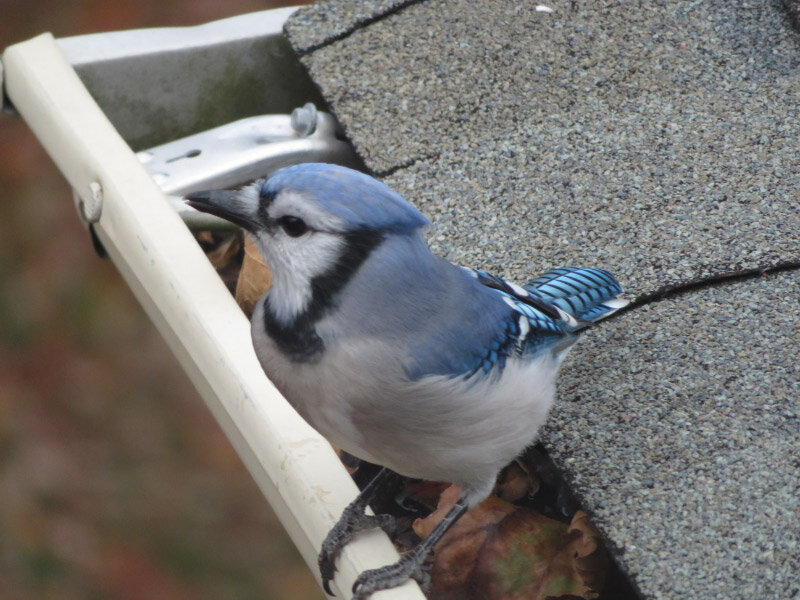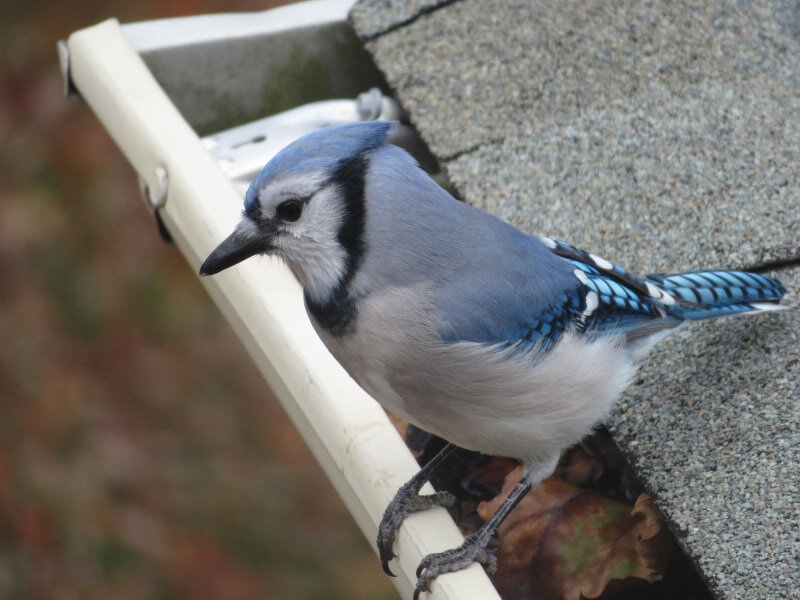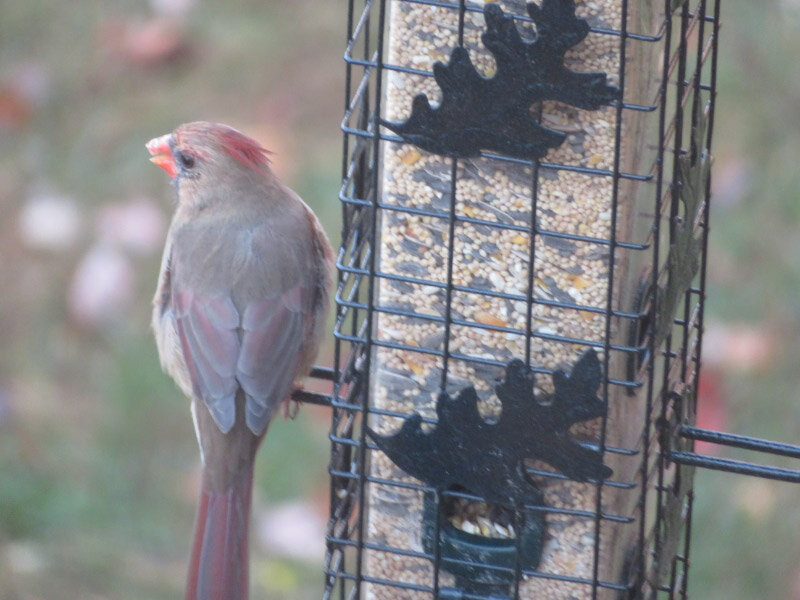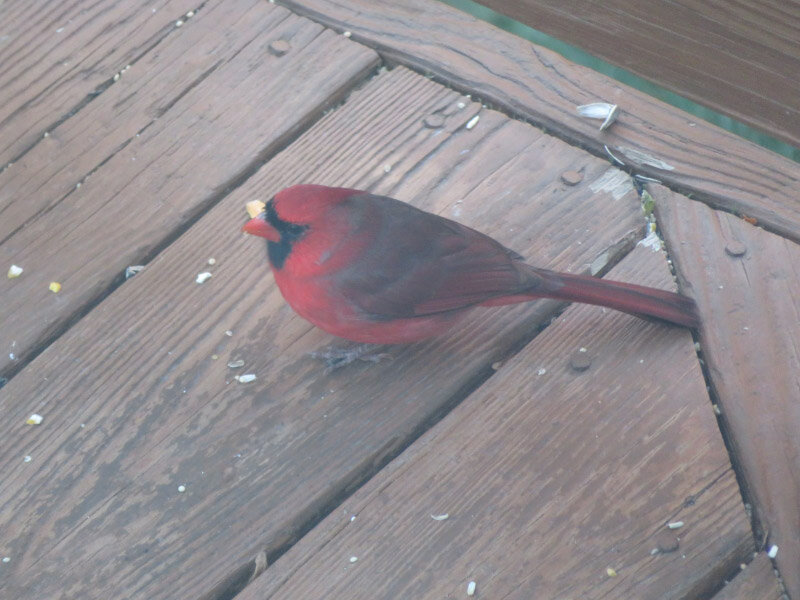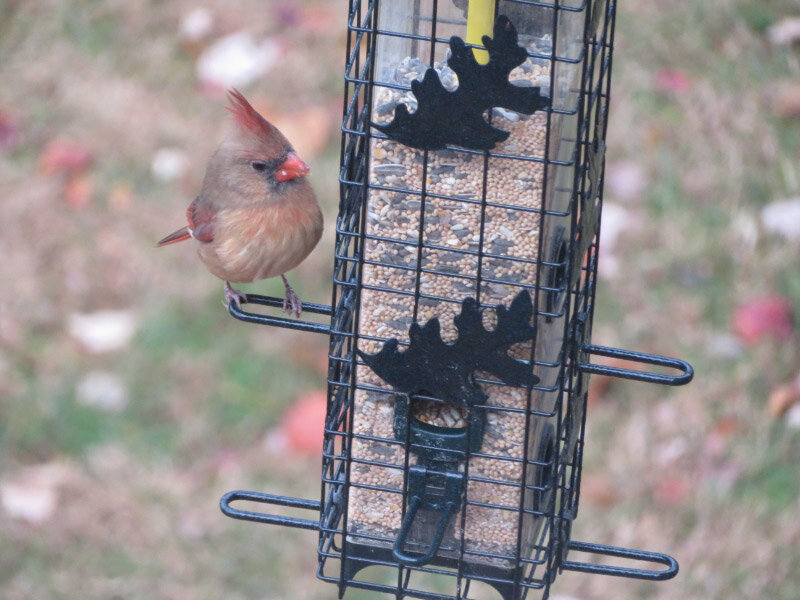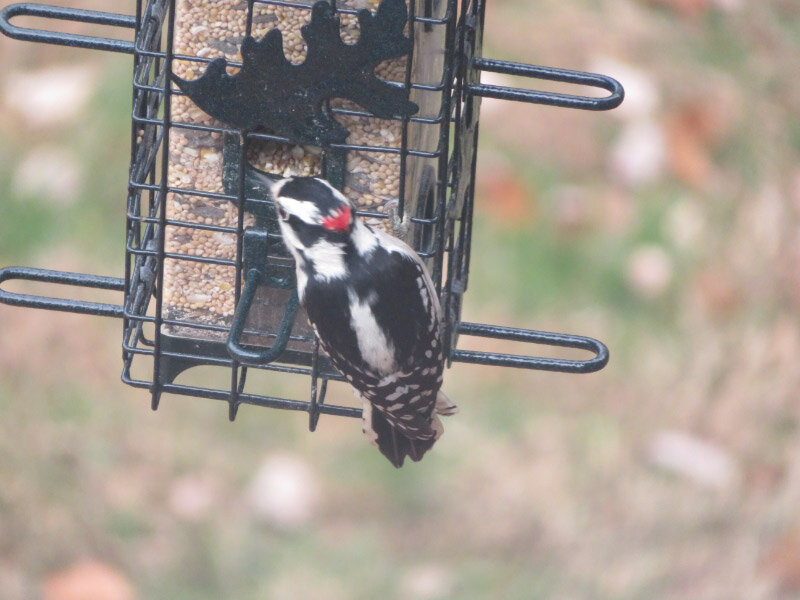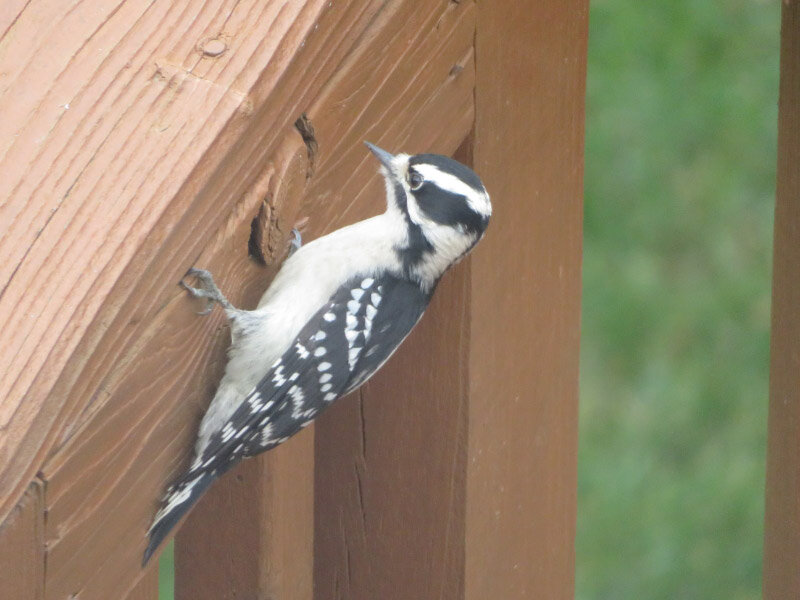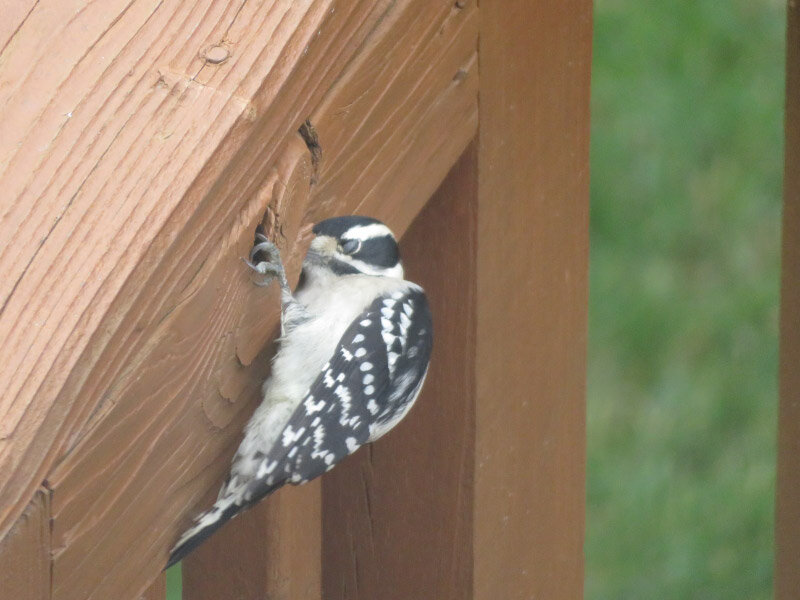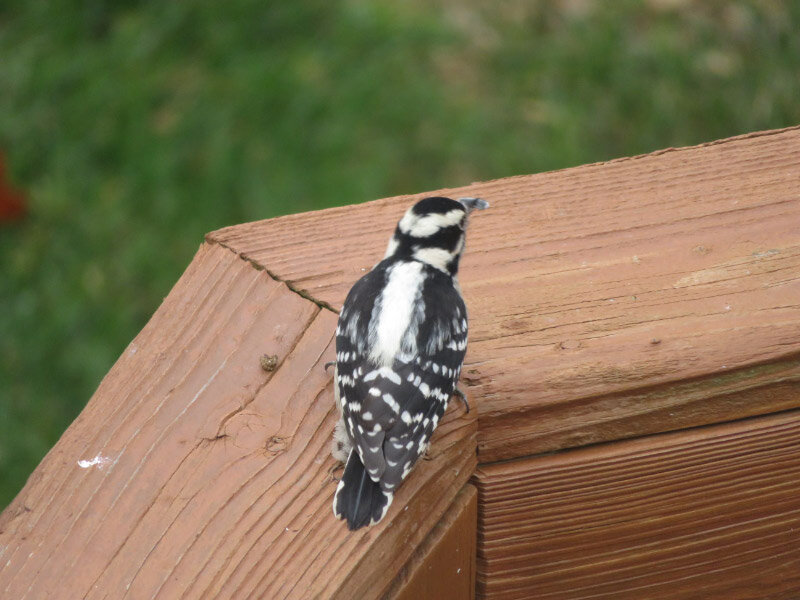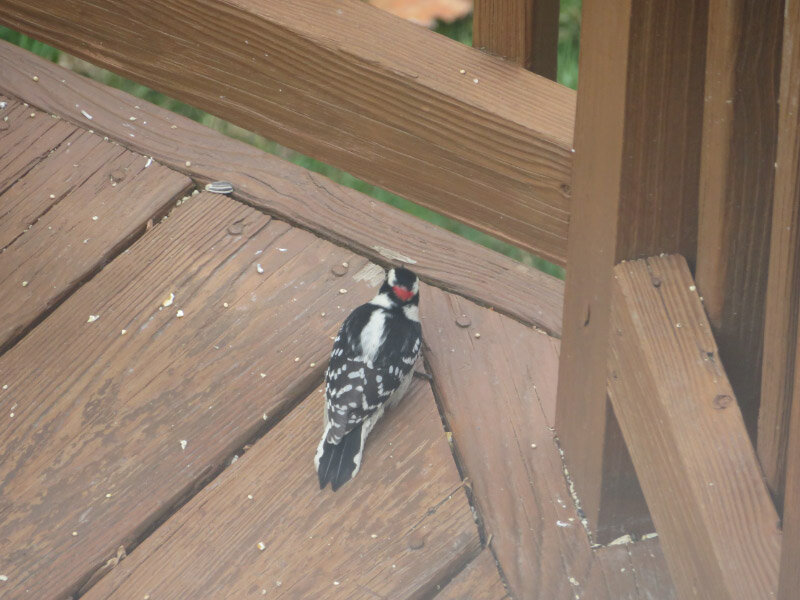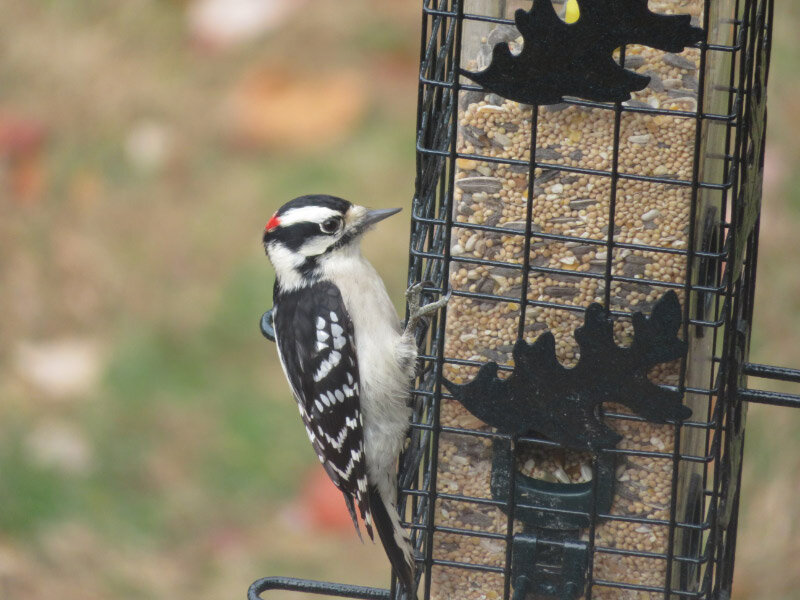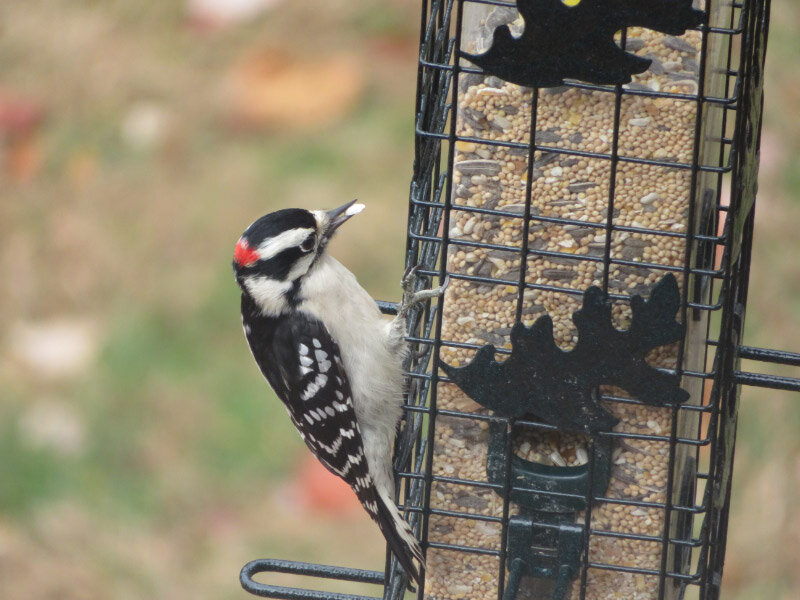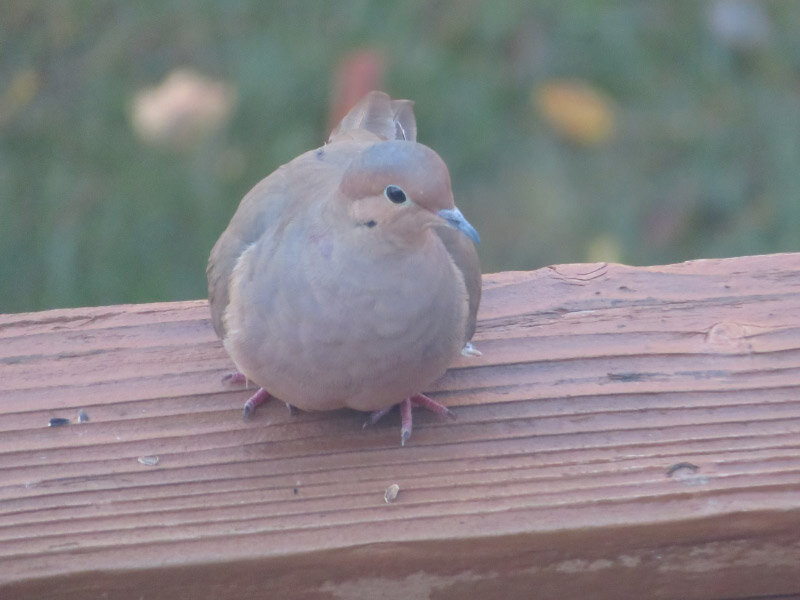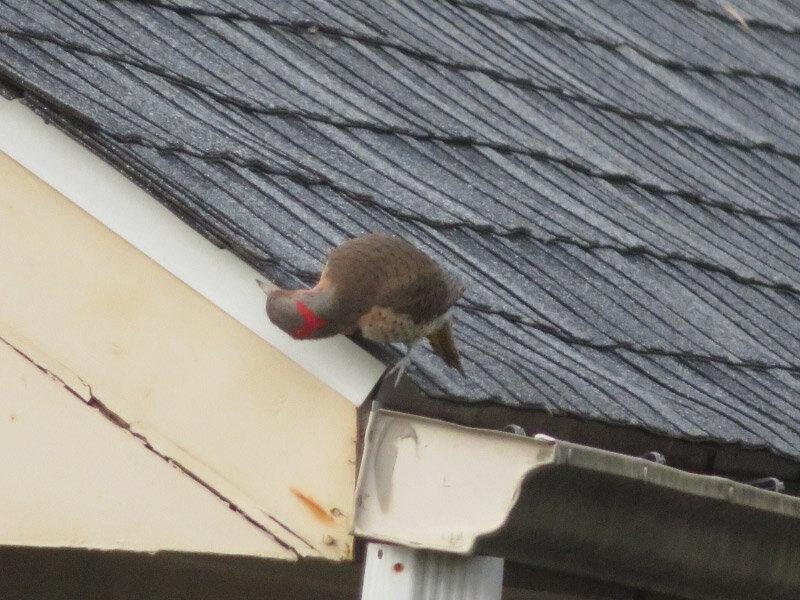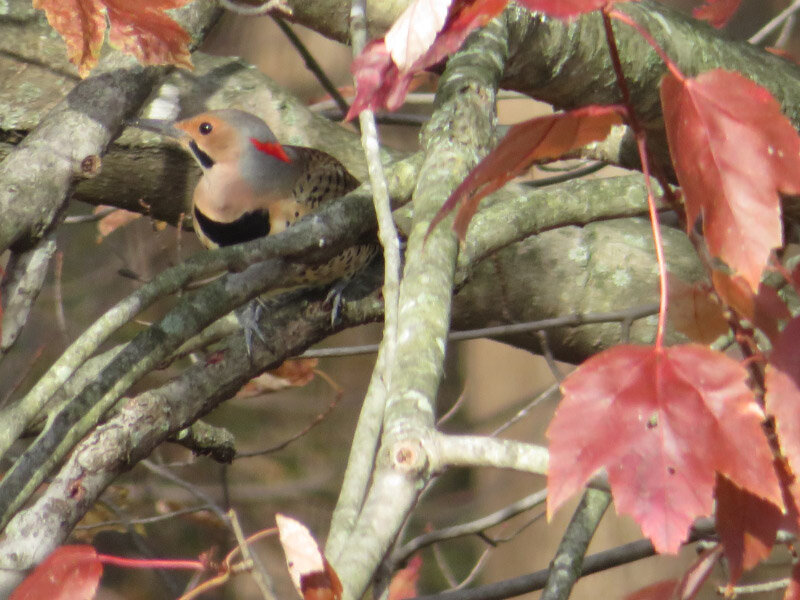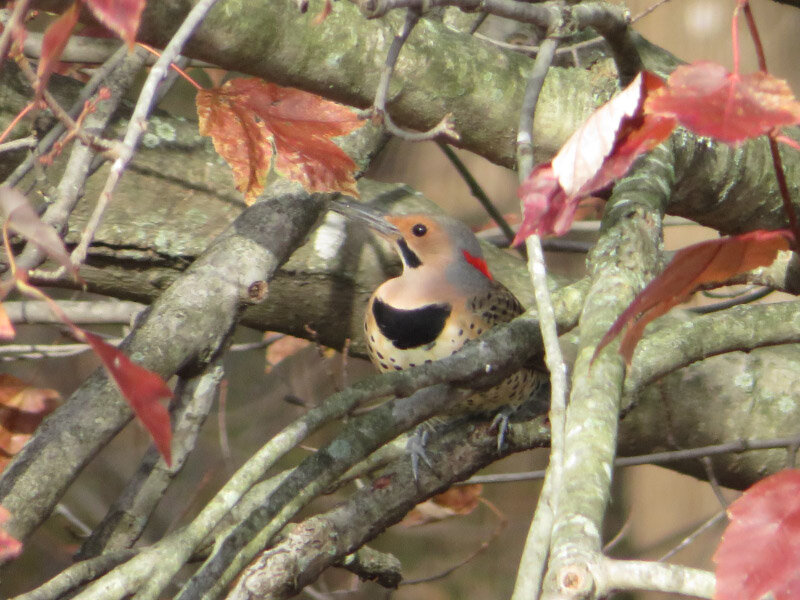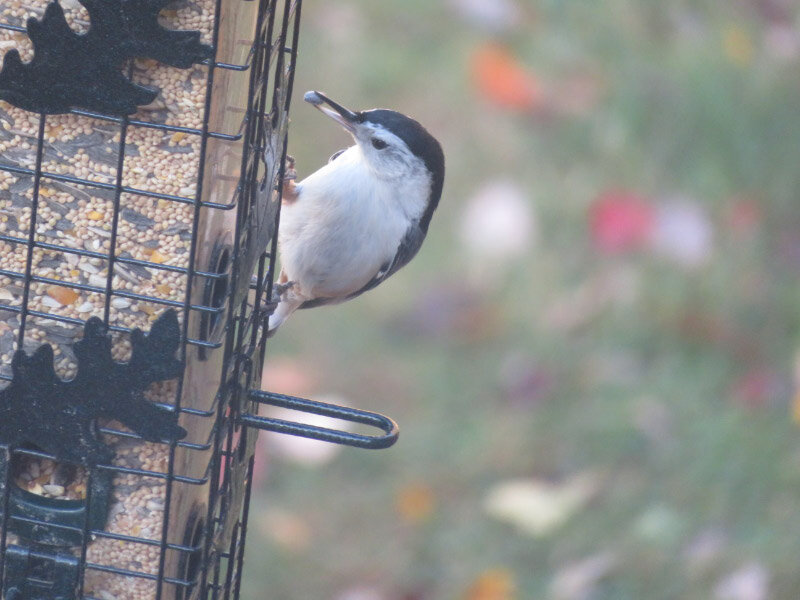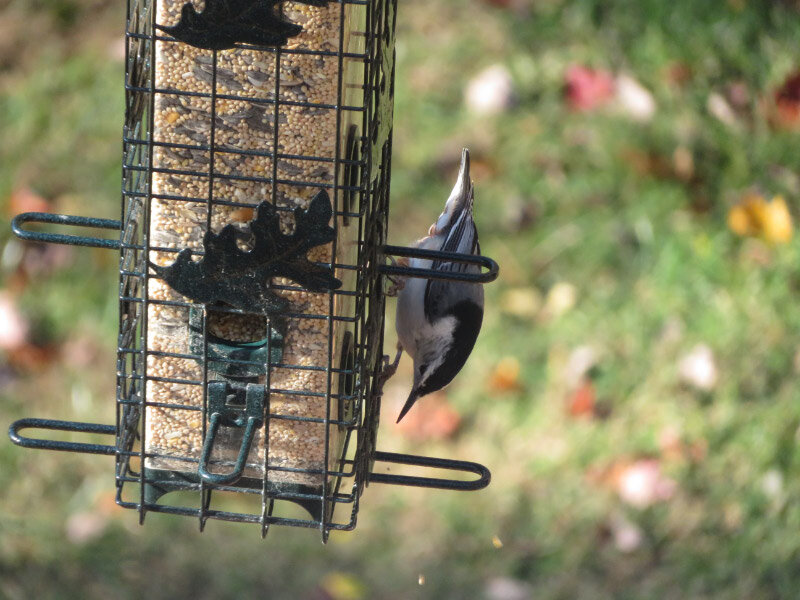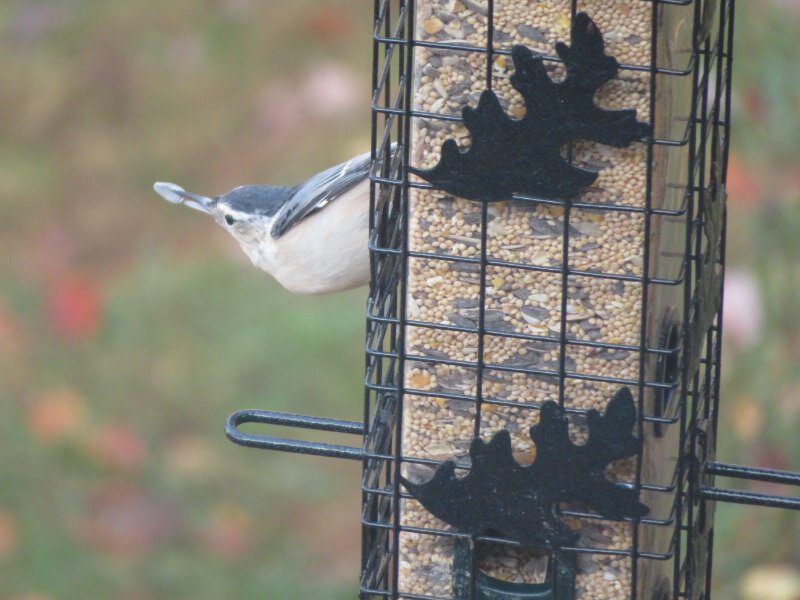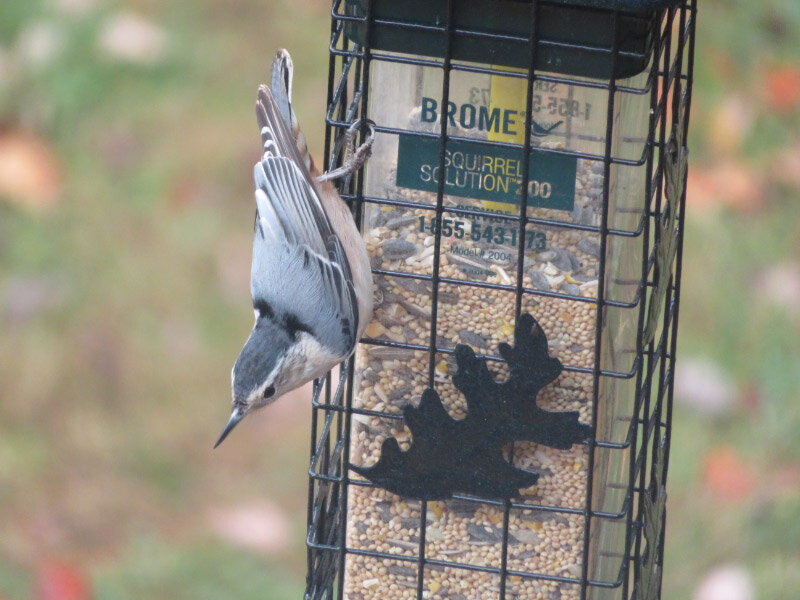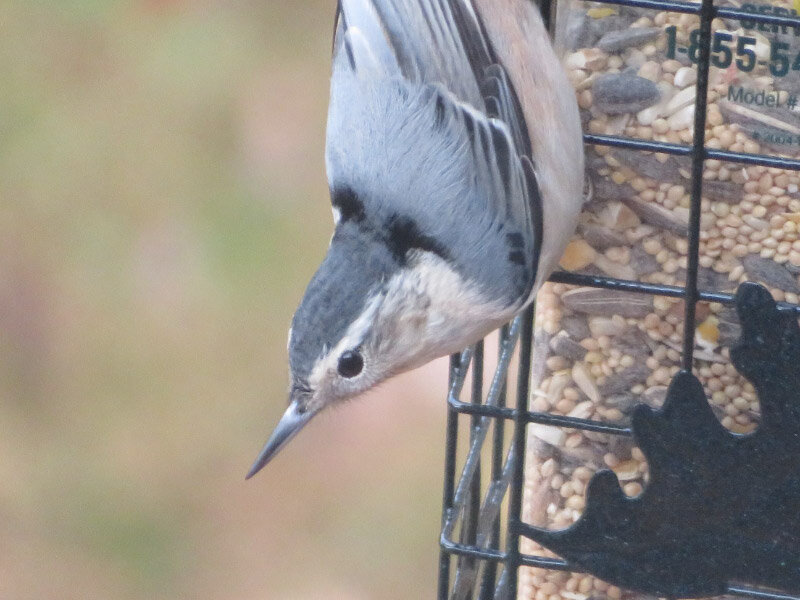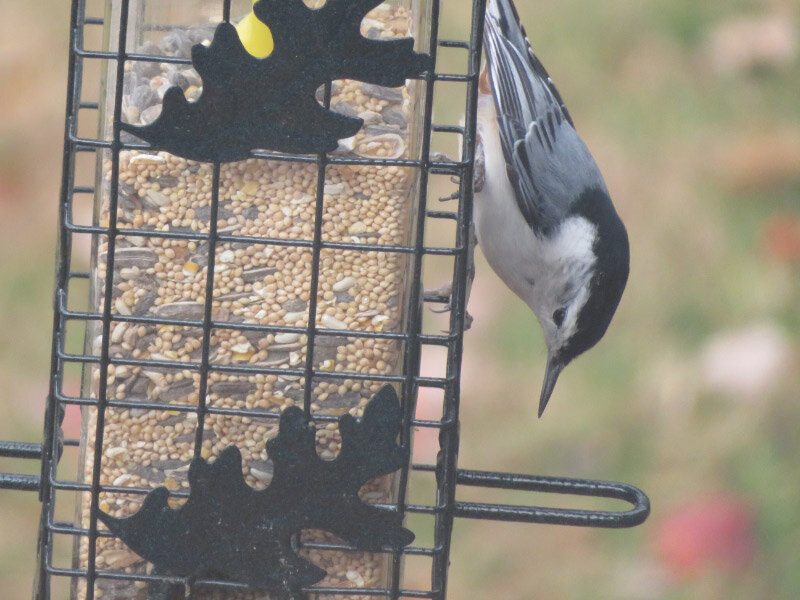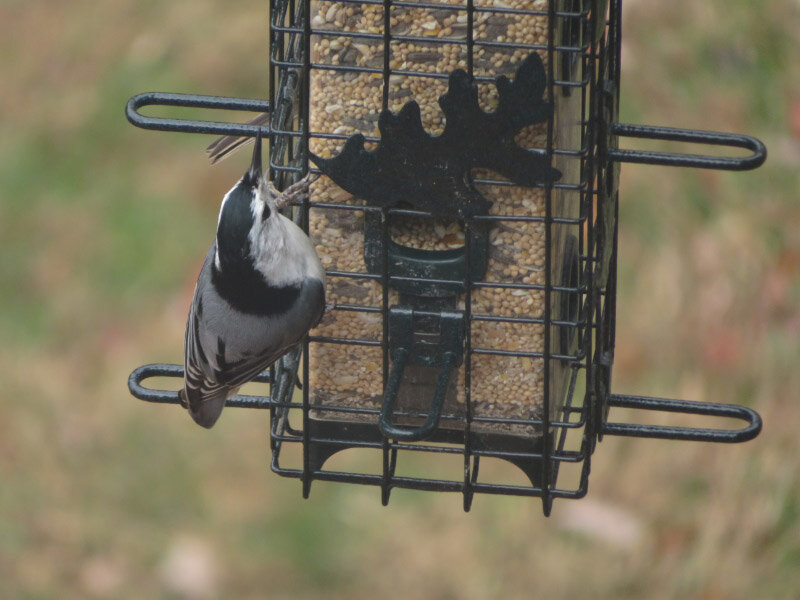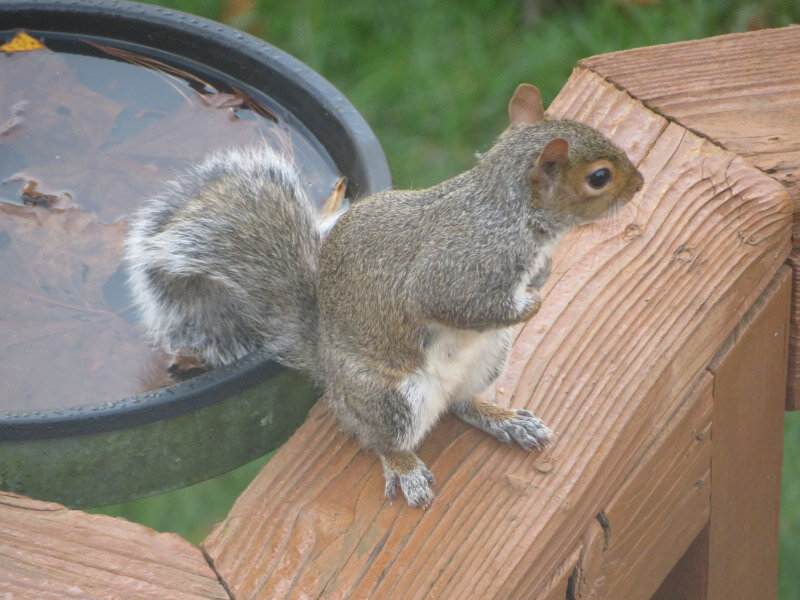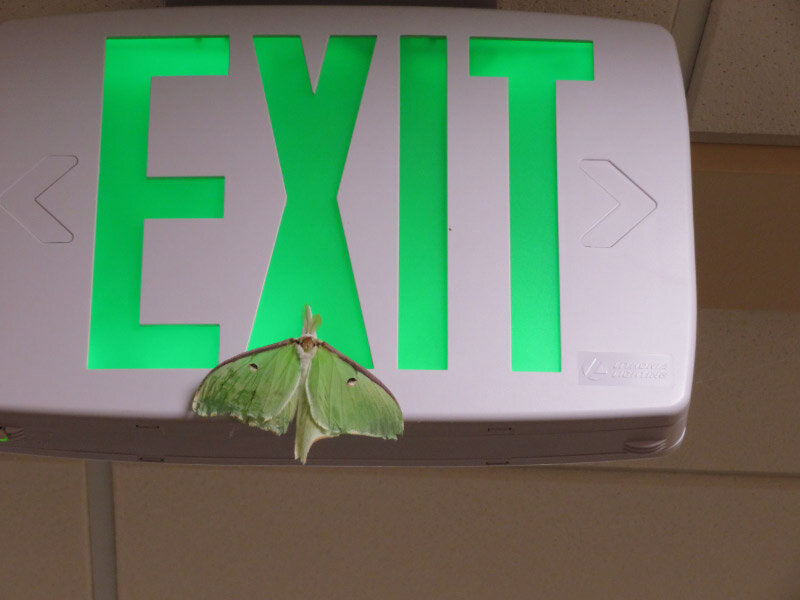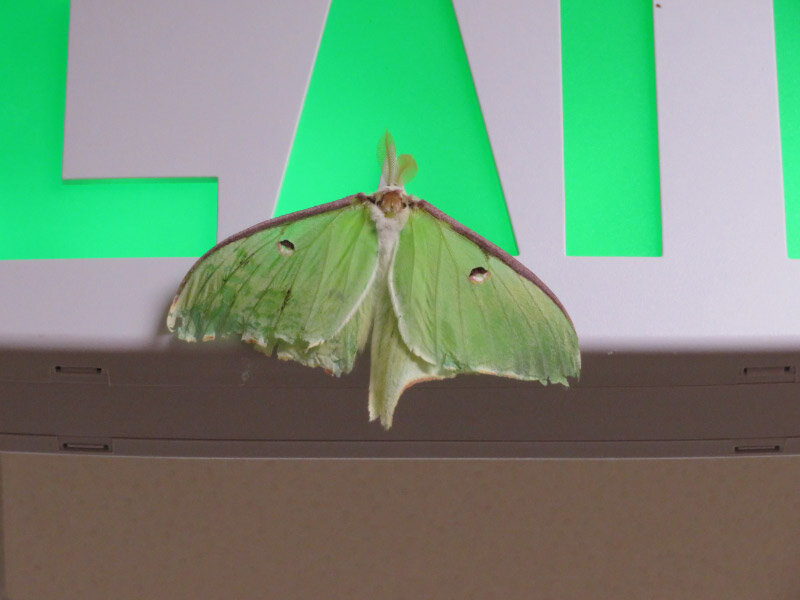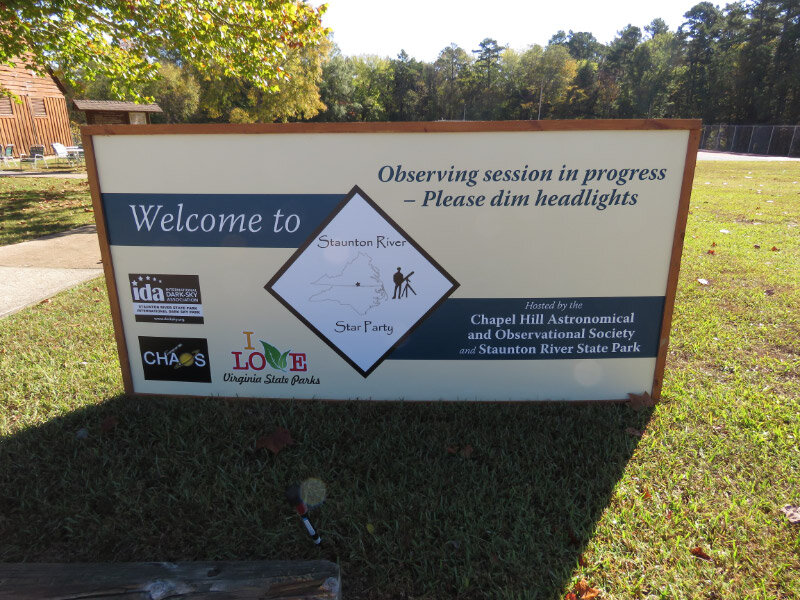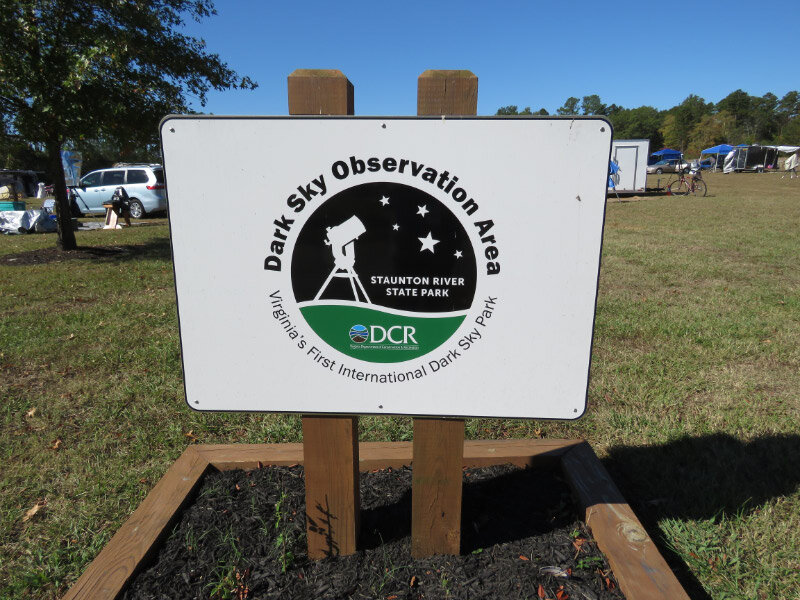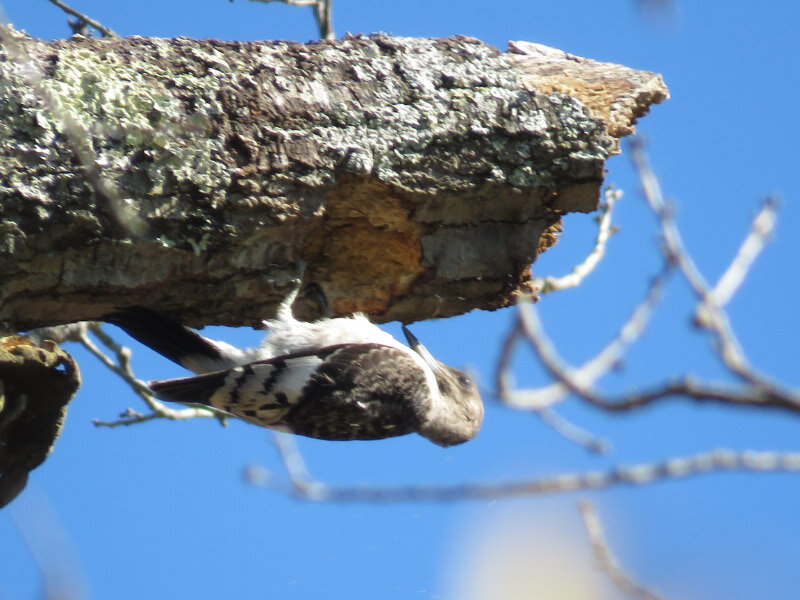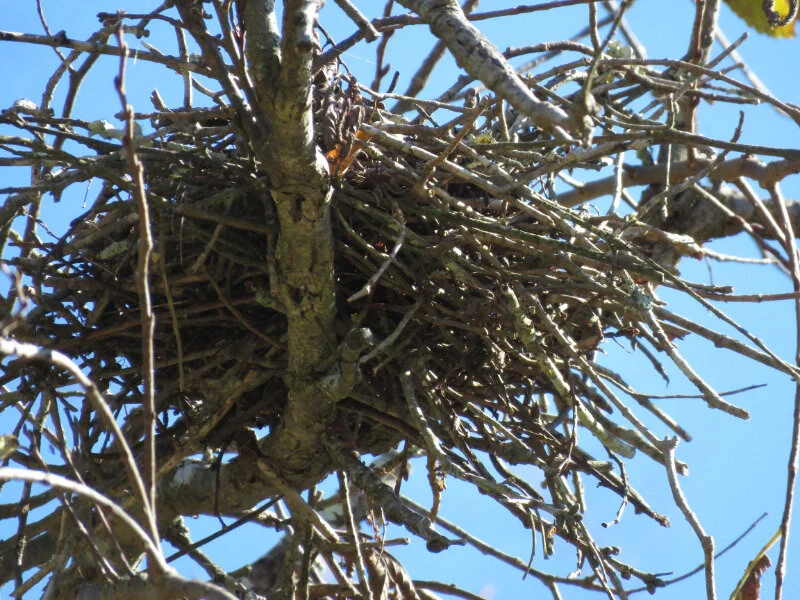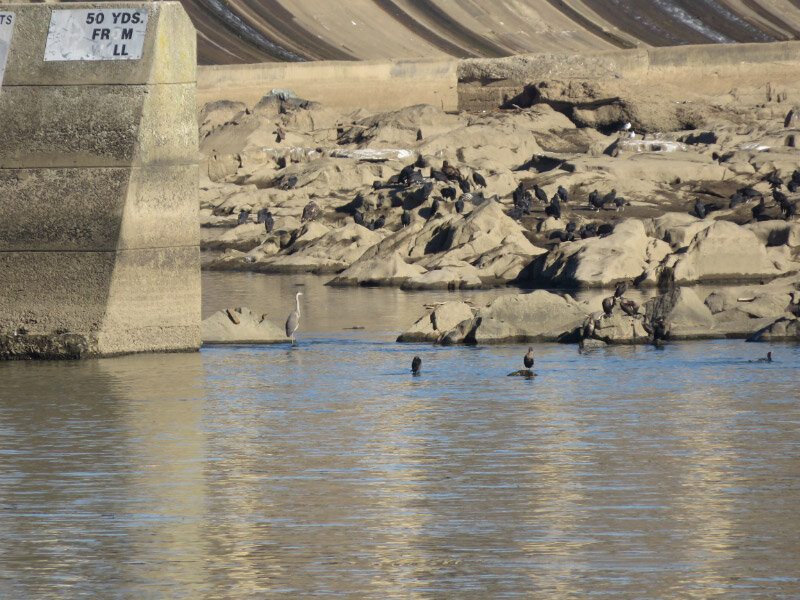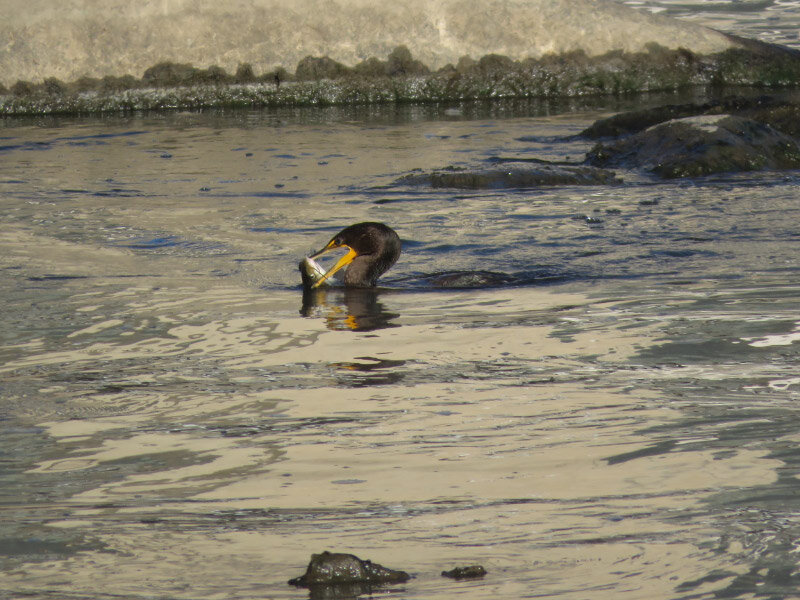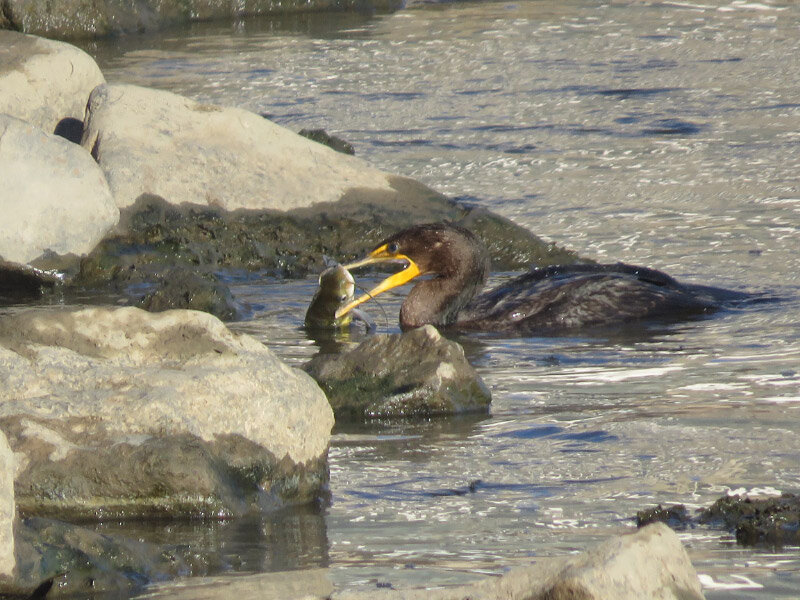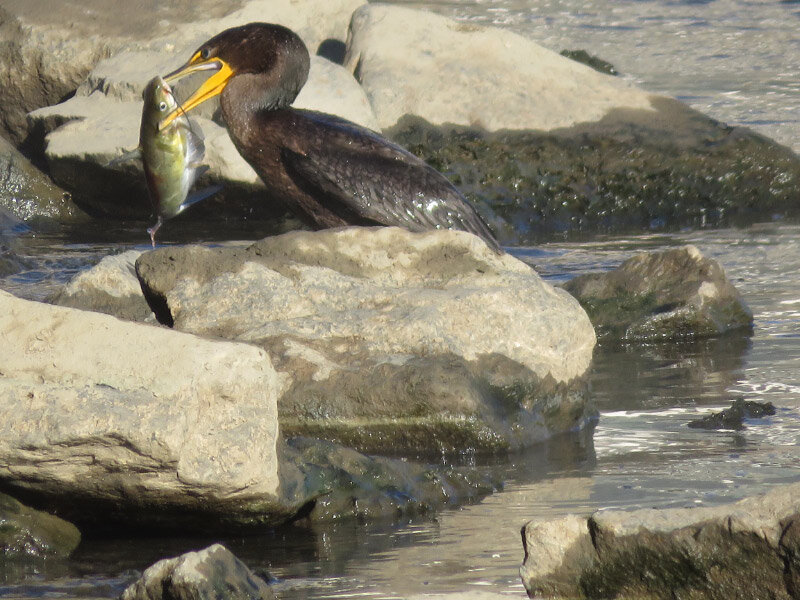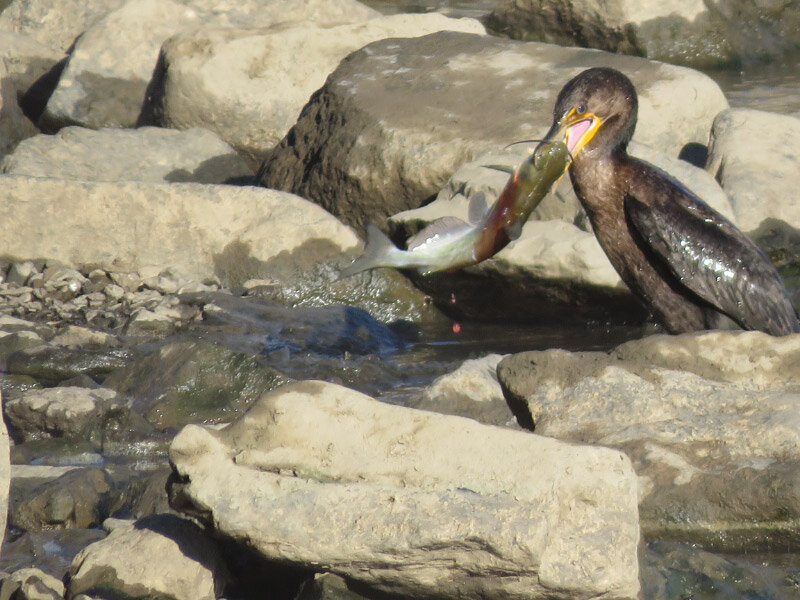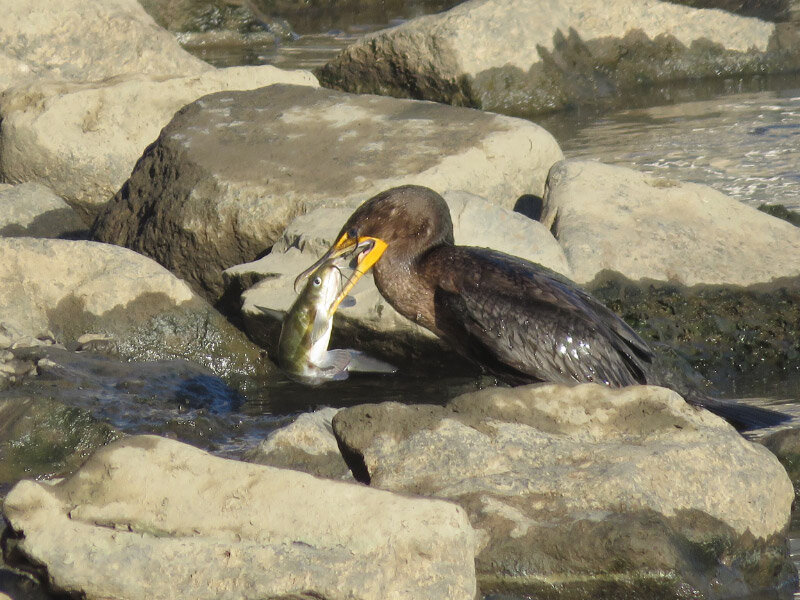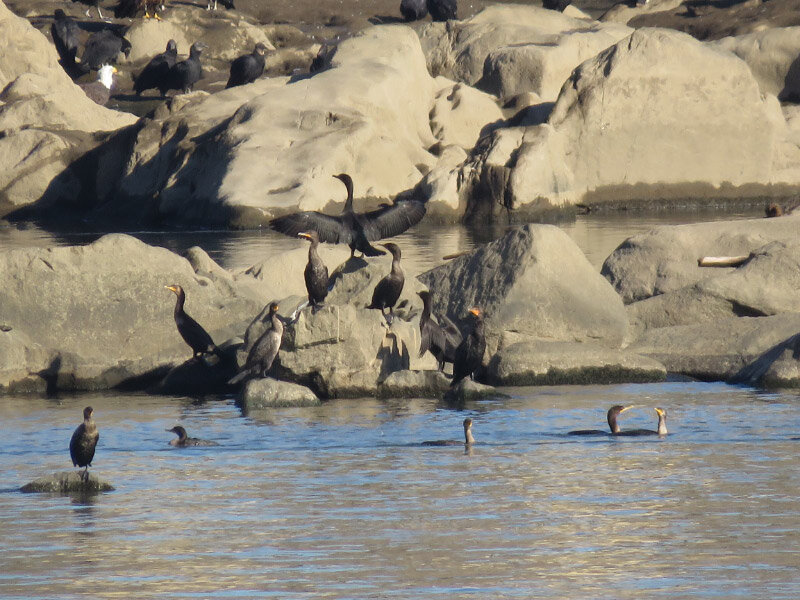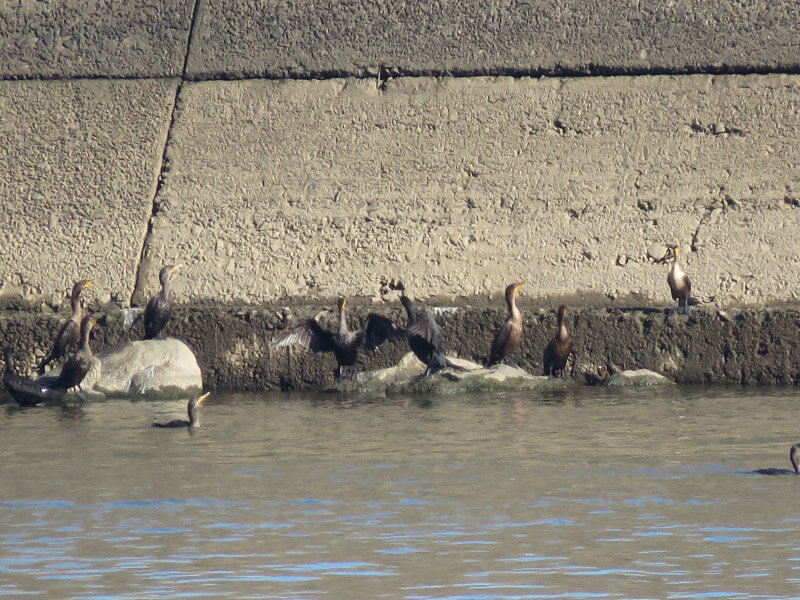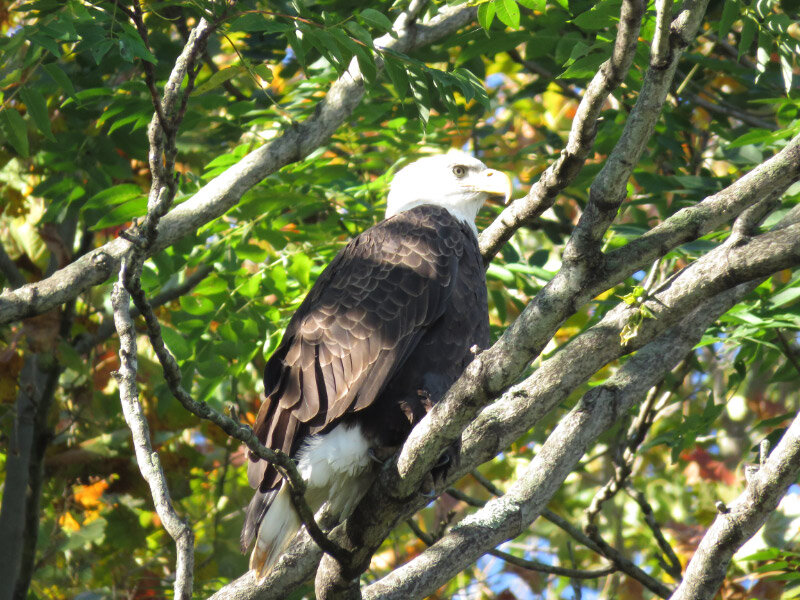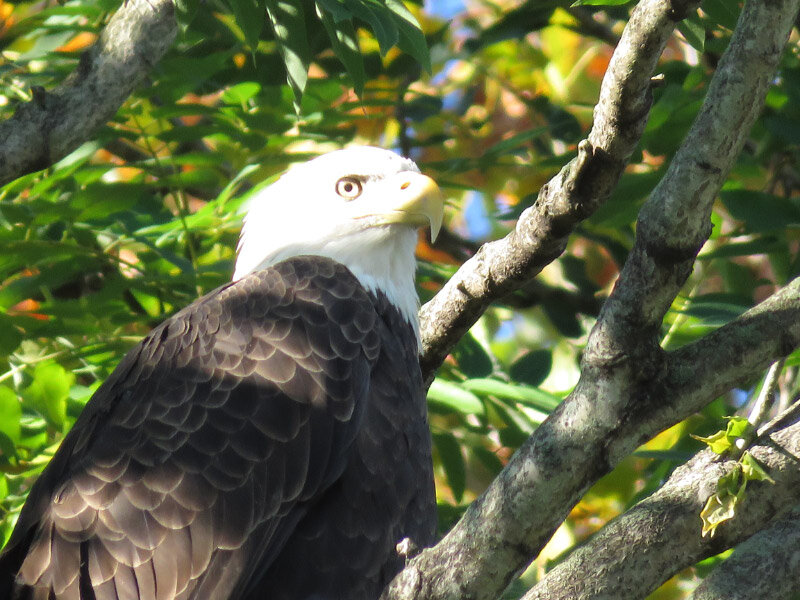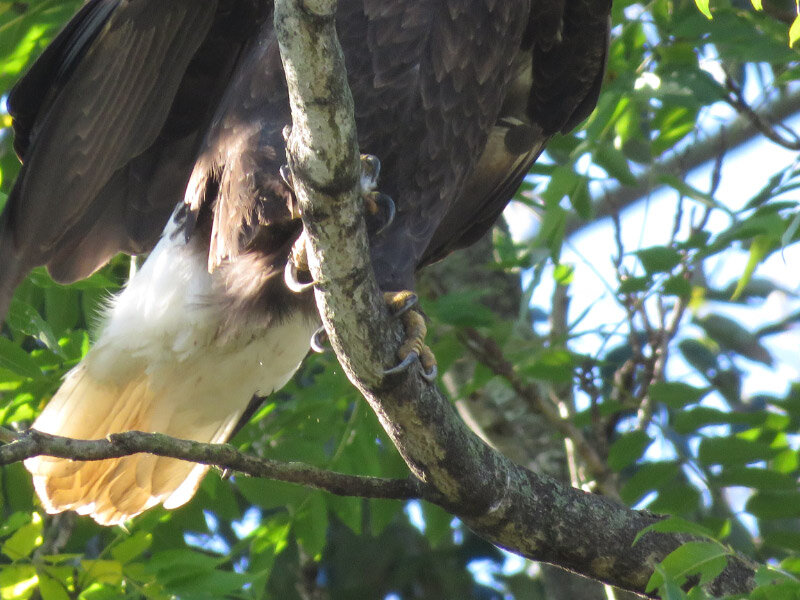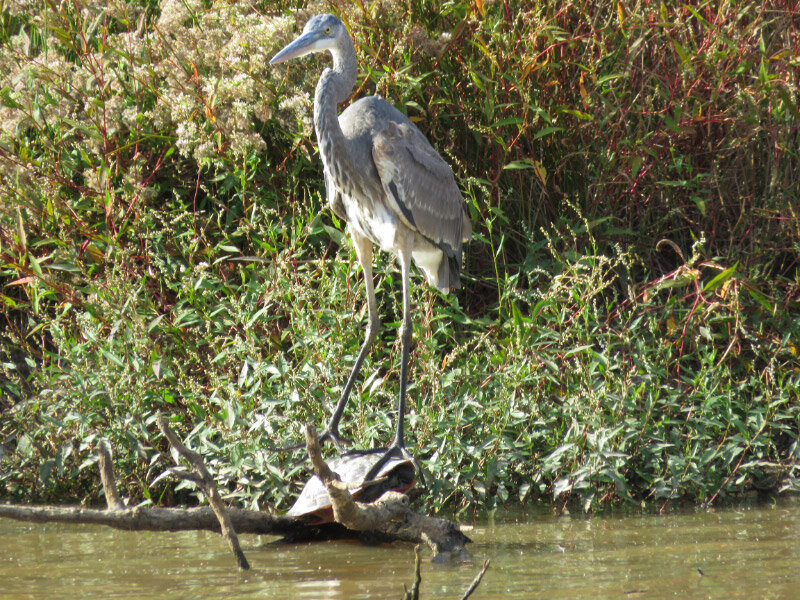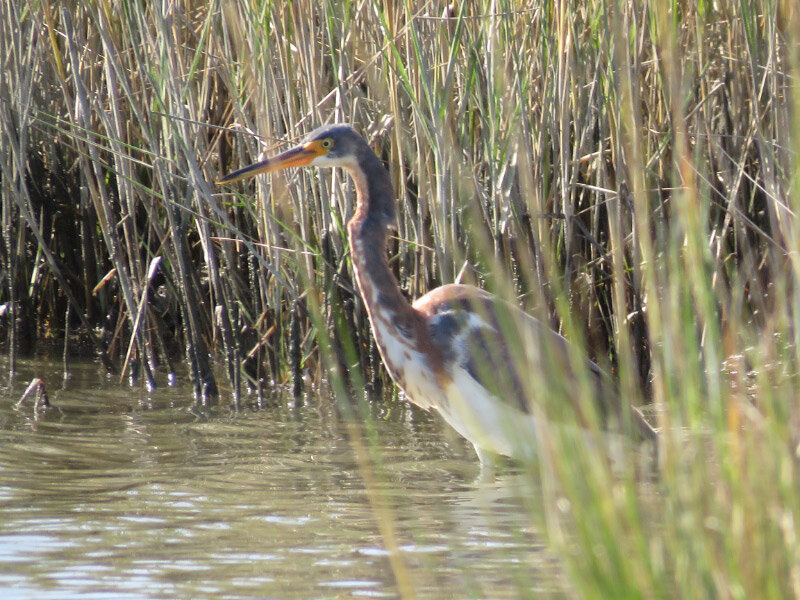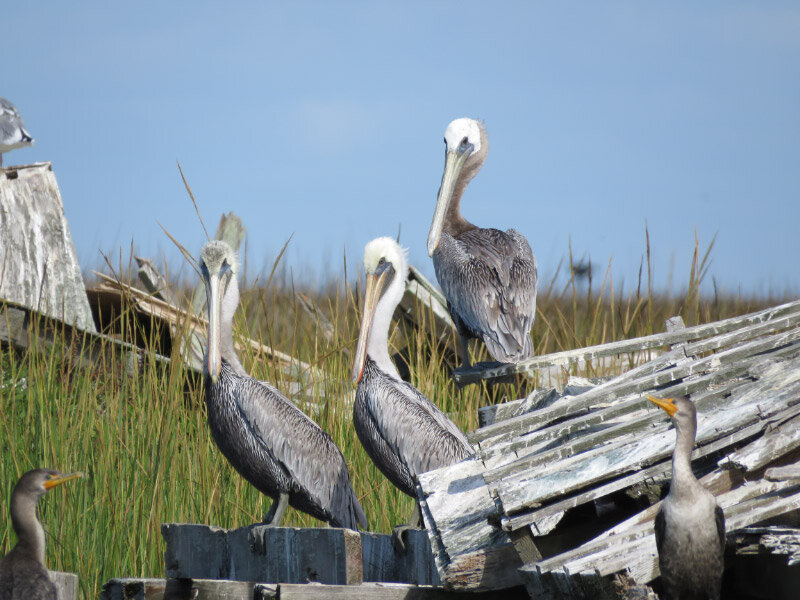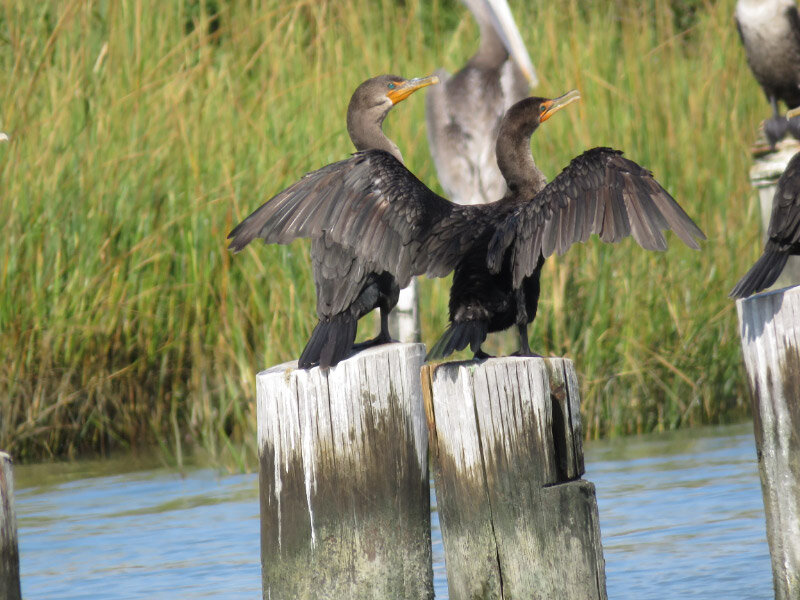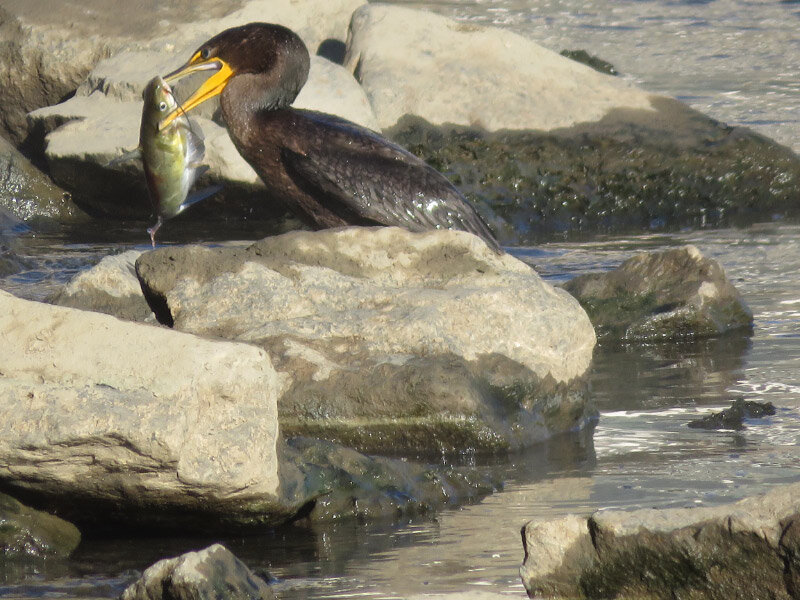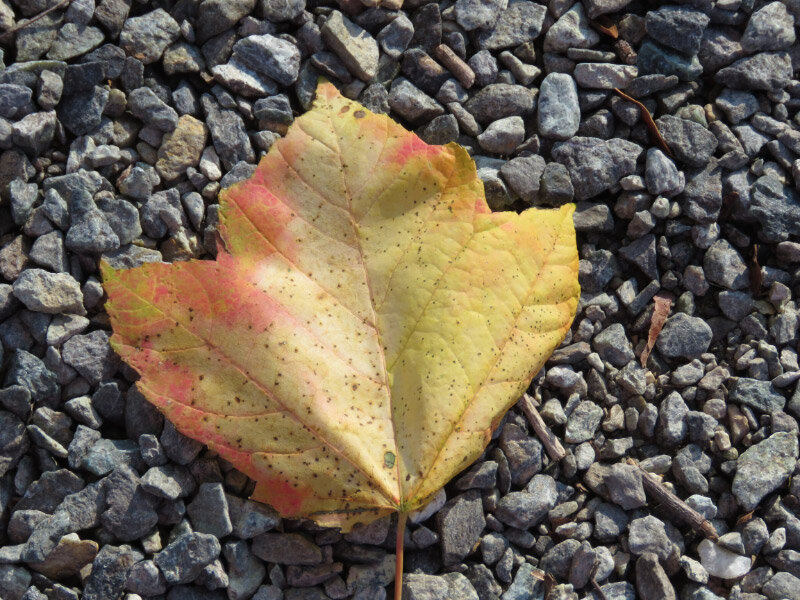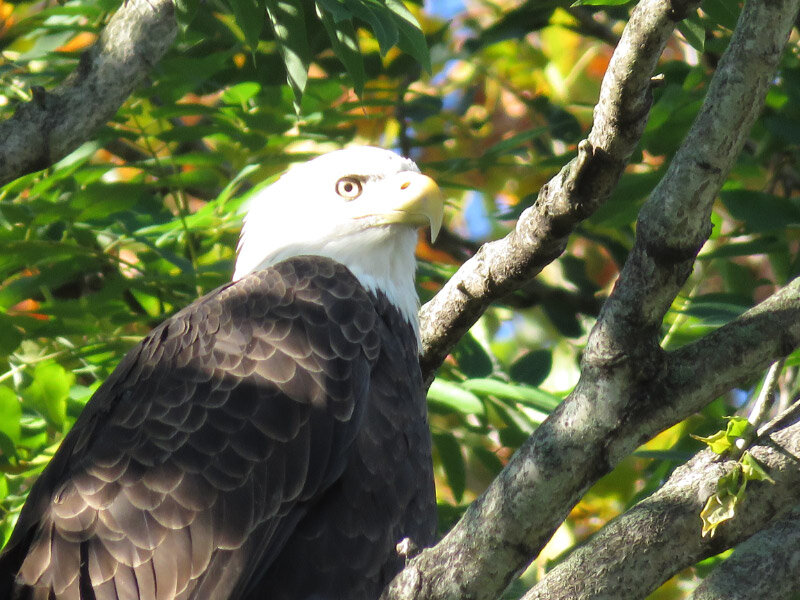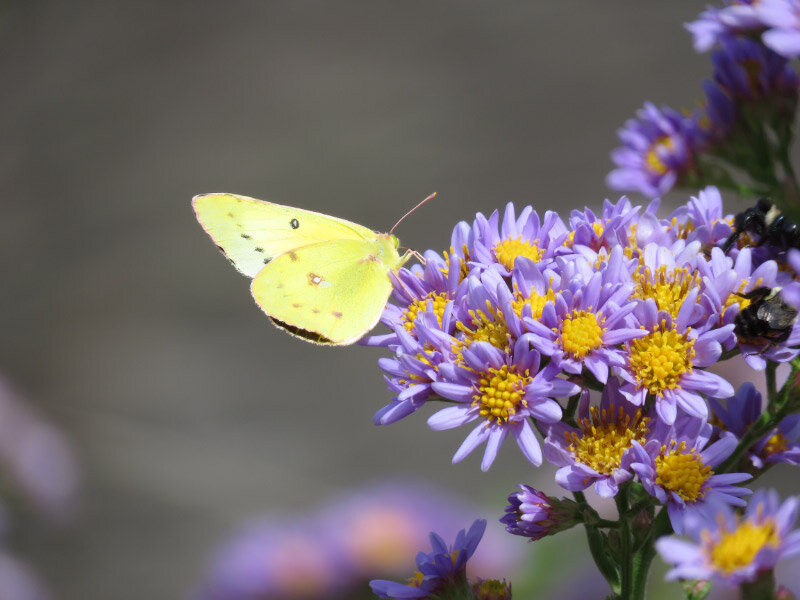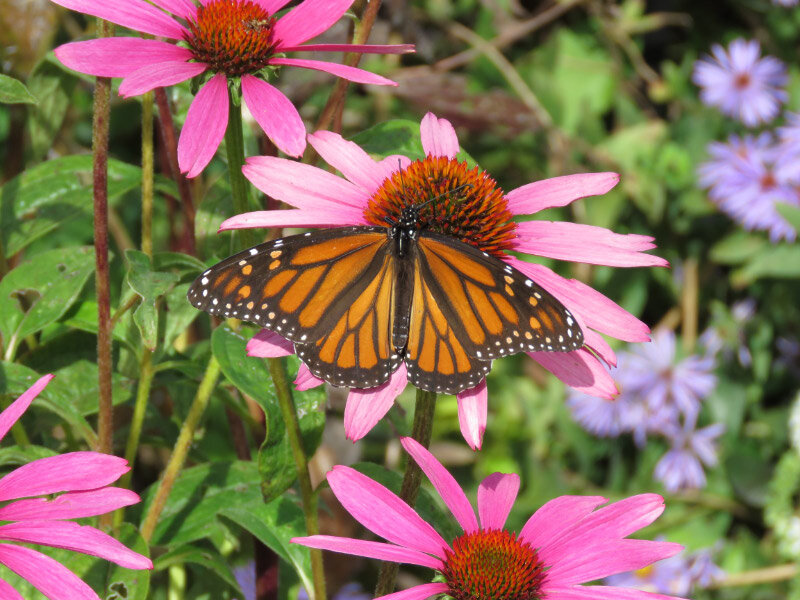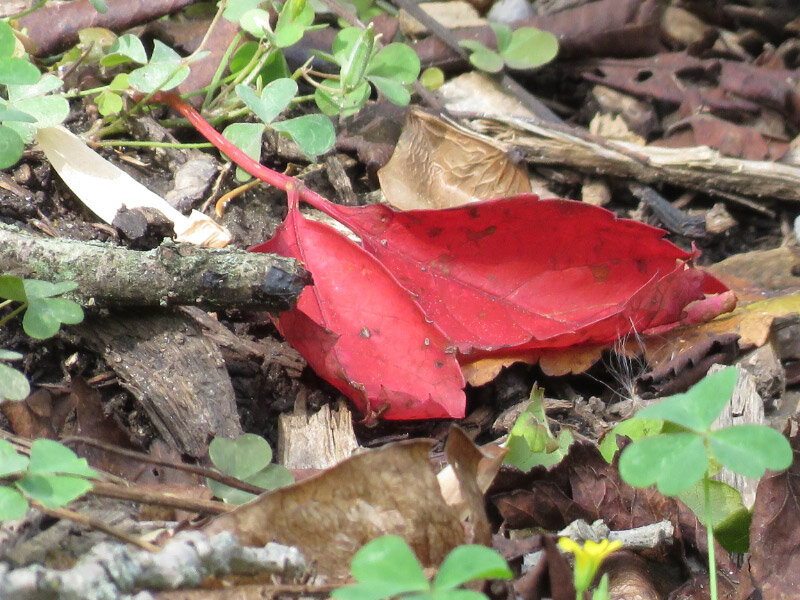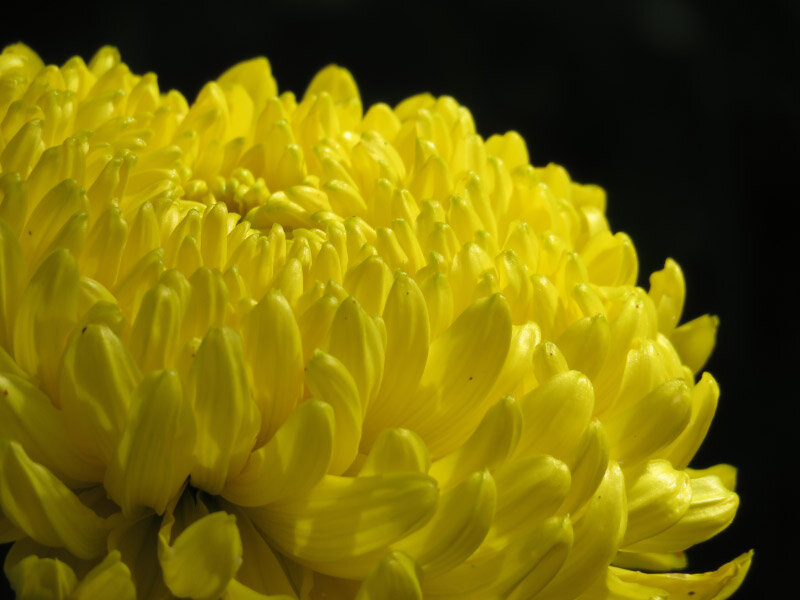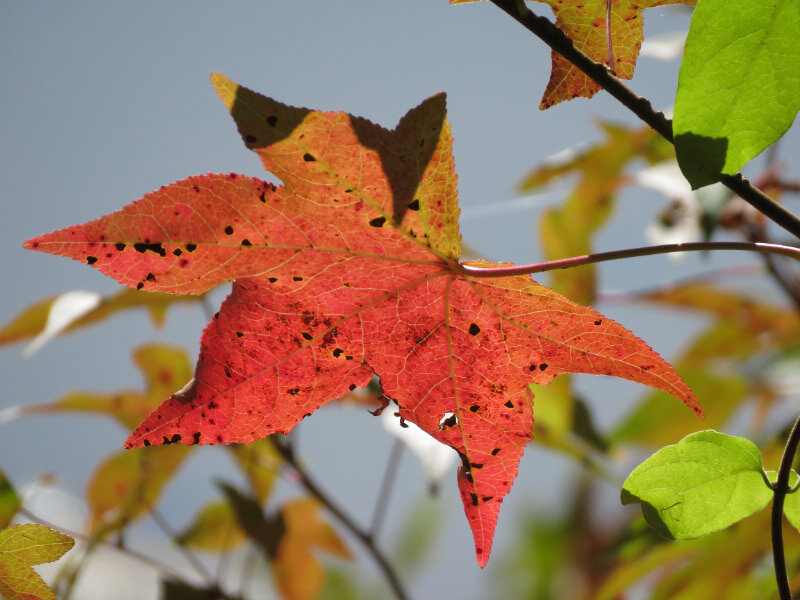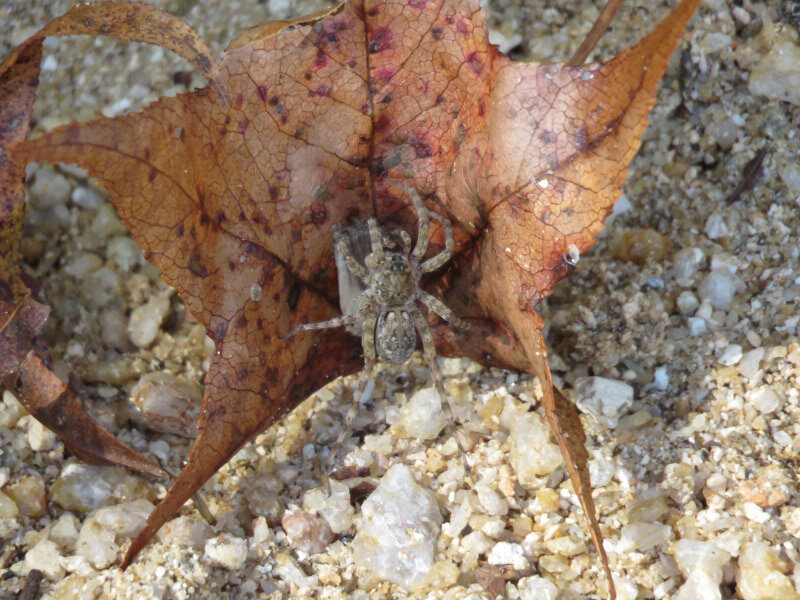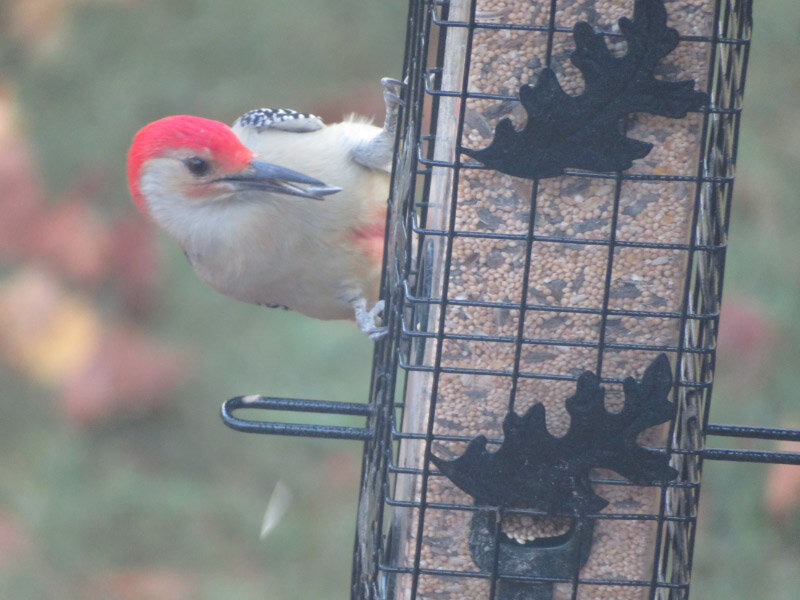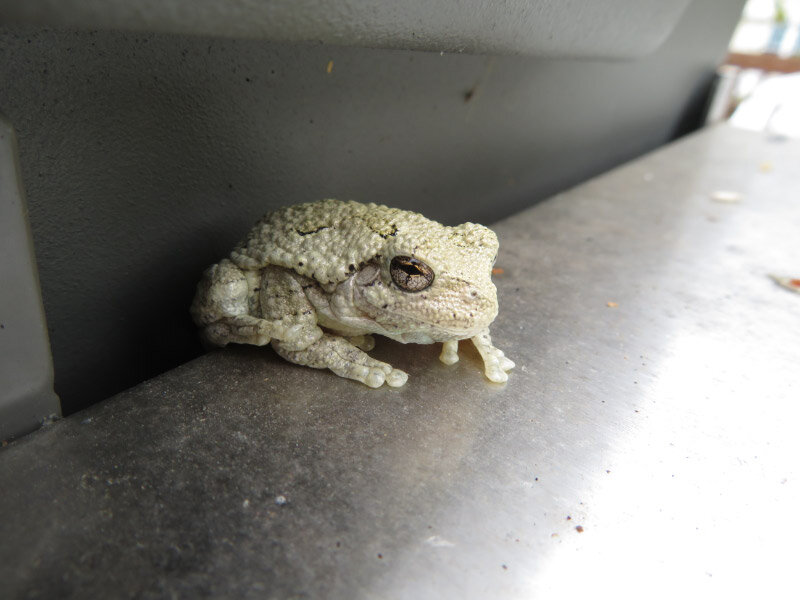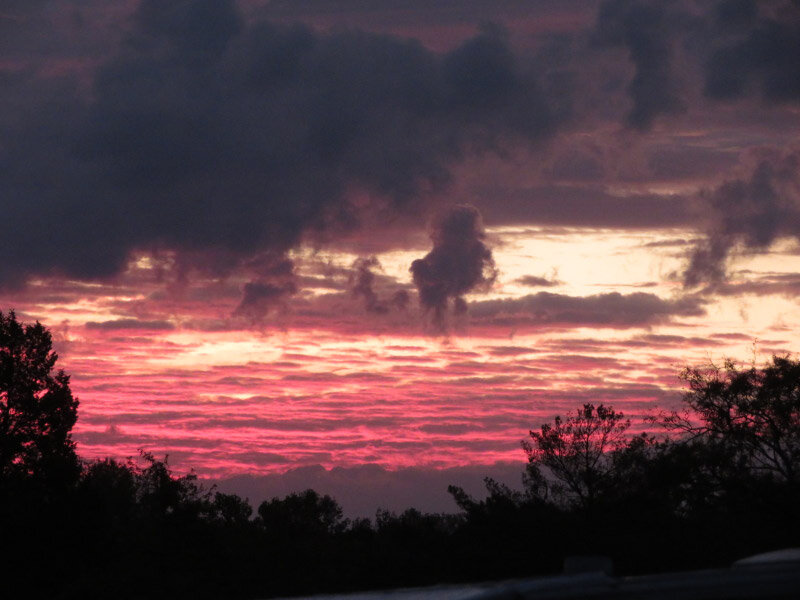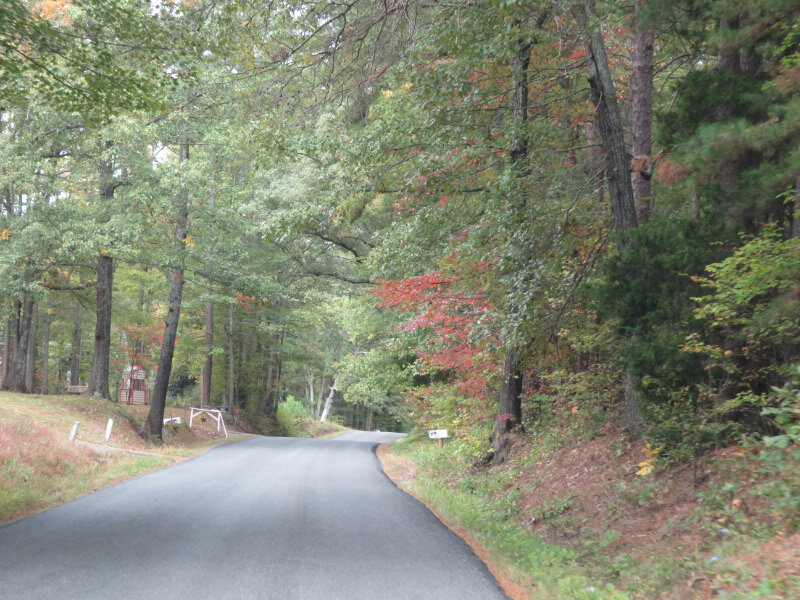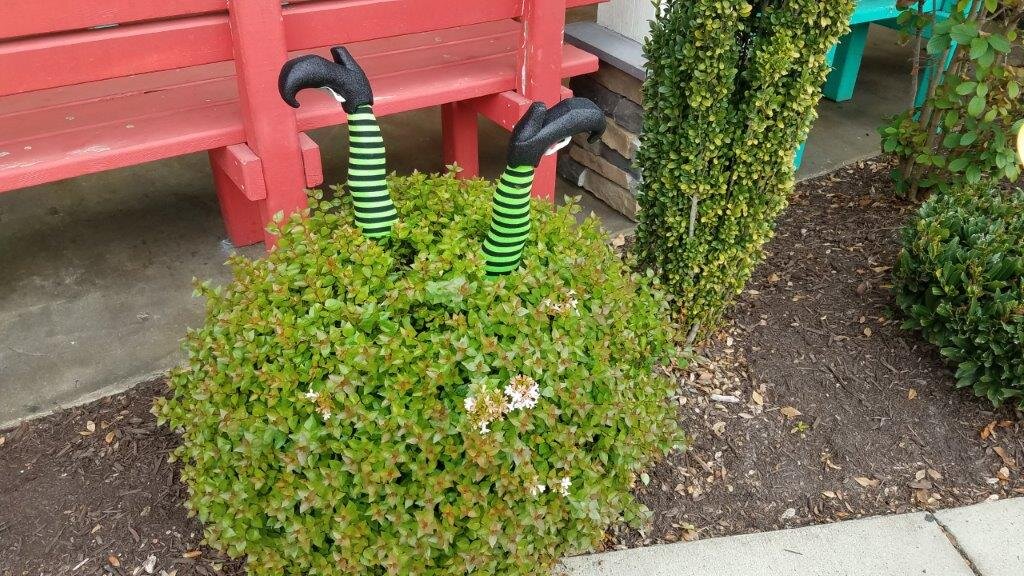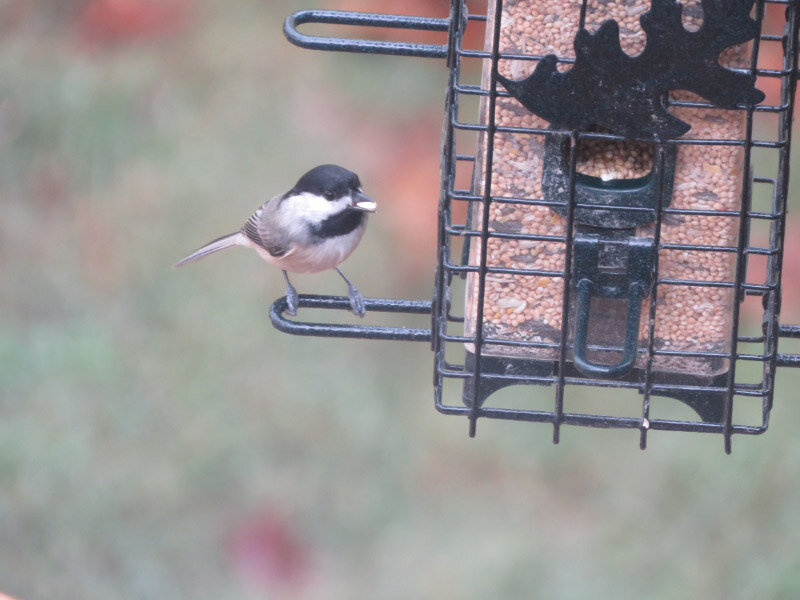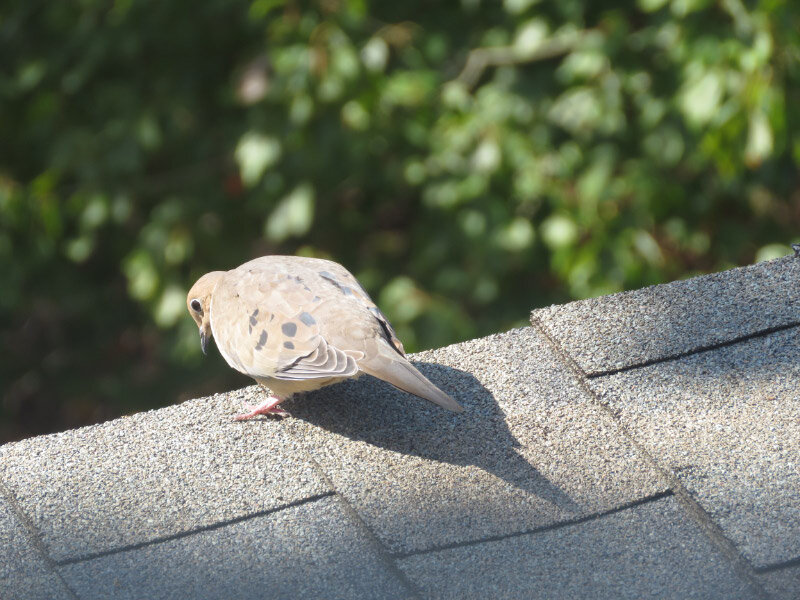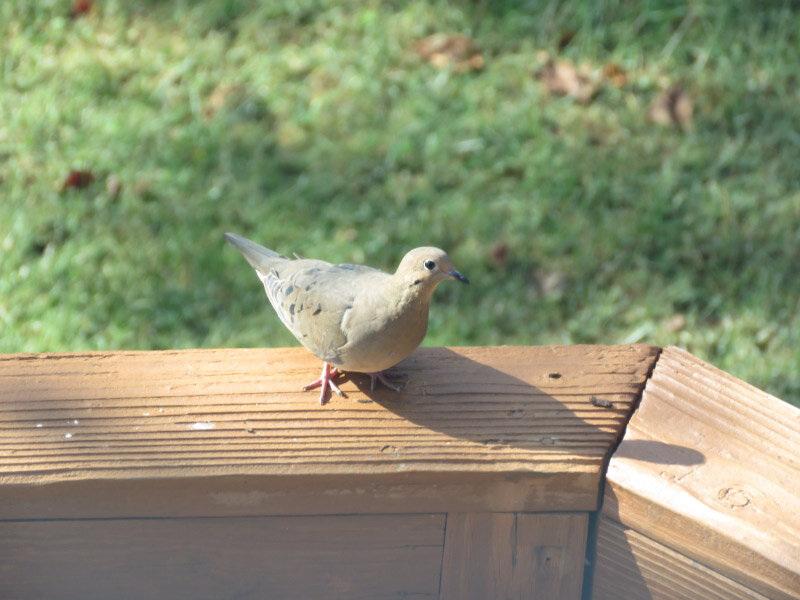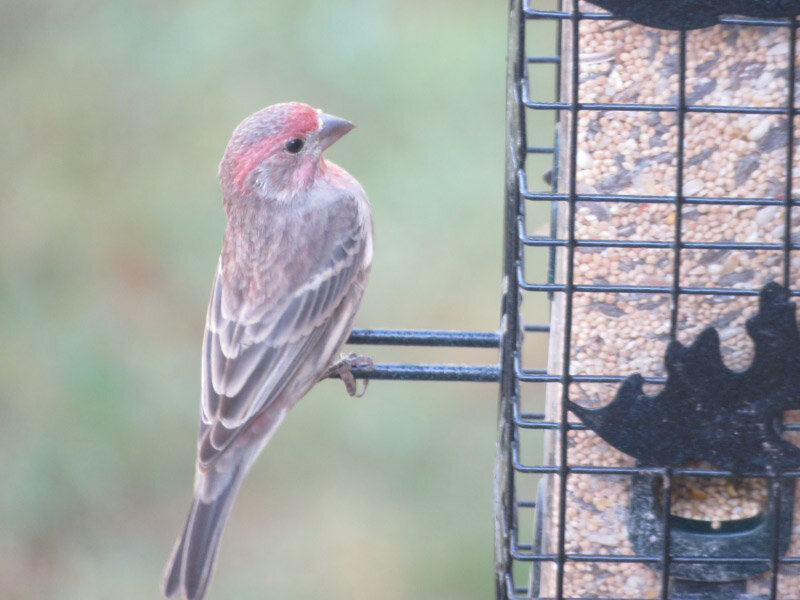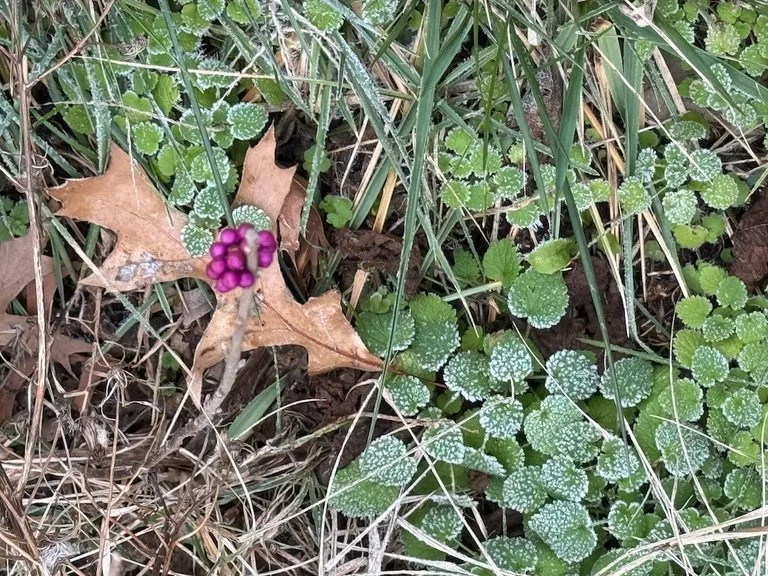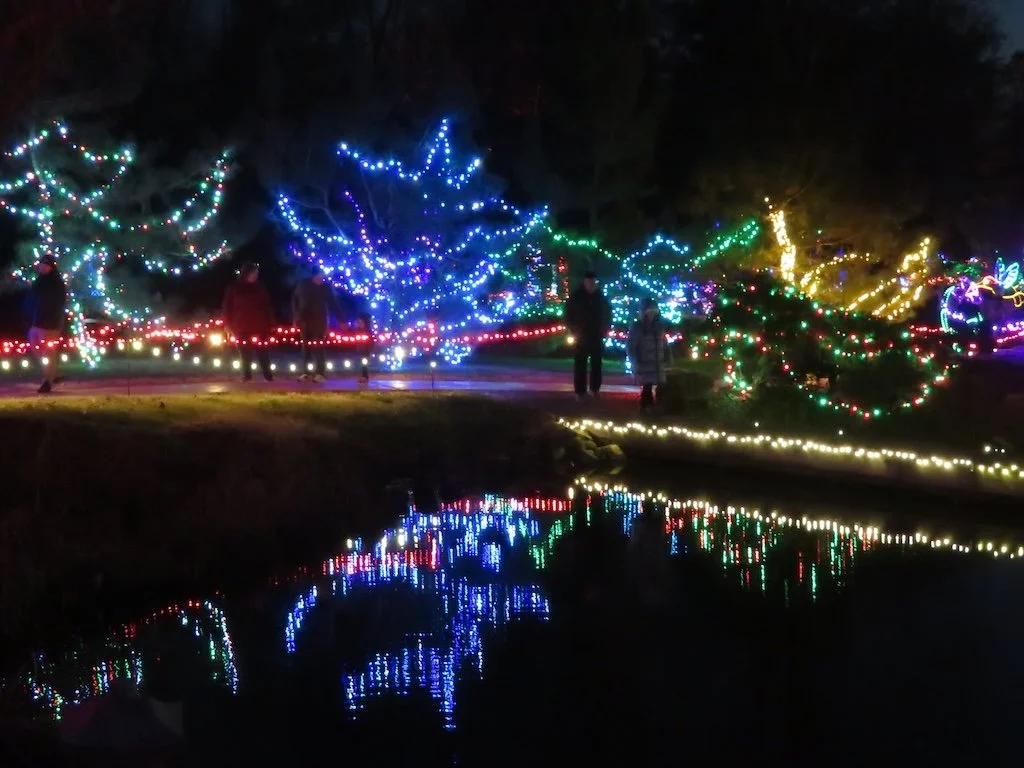The items below were ‘the cream’ of the articles and websites I found this past week. Click on the light green text to look at the article.
Scientists Find Way to Fully Recycle Plastics Without Losing Quality - Yale E360 – I hope this process undercuts plastic manufacturing from fossil fuels…plastics should not be the glide path for the oil companies! The heating of the plastic to 850 degrees for this process should be done with renewable energy. And what happens to the parts that don’t get recycled (I assume there is waste from the things that weren’t plastic that got into the stream (i.e. ‘dirty’ containers).
Top 25 Wild Bird Photographs of the Week: Bird Interactions – National Geographic Society Newsroom – Birds with other birds (not always the same species).
Maya Tomb of the Unknown Red Queen - Red from cinnabar (mercuric sulfide) power that covered everything inside the limestone sarcophagus…a mask of malachite.
Time Spent in Nature Is Good for You | The Scientist Magazine® - Spending at least 2 hours in nature per week is strongly correlated with self-reports of being in good health and having high well-being…..based on a study in the UK with 20,000 participants between 2014 and 2016. Intuitively – the idea seems right. But what does ‘time spent in nature’ really mean and what is it that causes the correlation? Do you have to be outdoors or is viewing it enough? I am outdoors in beautiful natural places (gardens, forests, seashores, rivers and lakes) so frequently…the 2 hours per week is at the low end for me…except for the coldest or wettest weeks.
Cooking food alters the microbiome: Raw vs. cooked diets have distinct effects on both mouse and human gut microbes -- ScienceDaily – No recommendations from this research but lots of prompts for further research.
The Short List Of Climate Actions That Will Work | CleanTechnica – These are country or continent type actions like: electrify everything, overbuild renewable generation, build continent-scale electrical grids and marks, fix concrete, change agricultural practices, shut down coal and gas generation aggressively. Some of them can be impacted by individual decisions…to move in the direction. For example – 1) The CSA I belong is on a path to not use plastic to control weeds and retain moisture around their crops. 2) The next house I buy (in the next 2-3 years) will be all electric and have solar panels…maybe battery storage too….maybe geothermal heating/cooling. 3) The next car I buy will be an EV rather than a plug-in hybrid like I have now. And I can change my yard into a mini-forest (of redbuds, dogwoods, spice bush, hollies….not huge trees but ones that are native to the area where I live).
Air Pollution May Damage People's Brains | The Scientist Magazine® - Mortality, respiratory health, cognition, and social behavior. This is scary. This is yet another reason to move away from fossil fuels.
Humankind did not live with a high-carbon dioxide atmosphere until 1965 -- ScienceDaily – I was in 5th grade in 1965. It was the grade between two memorable events: seeing a tornado just before it touched the ground and traveling with my parents to Mexico City for a weeklong vacation (two firsts: on an airplane…and out of the US). But the cross over to a high-carbon dioxide atmosphere has the greater long-term impact. I already suspect that unless something changes dramatically, climate change by midcentury will probably shorten my life.
Ailing U.S. pecan industry calls on India to reduce tariffs - UPI.com – I couldn’t find an update on this story from a few weeks ago. Evidently China used to buy 40% of the pecan crop in the US but now there is a tariff and the market is gone. So, the farmers are trying to develop the Indian market. It’s been tough to be a farmer for many years…but the tariffs have added even greater challenges.
Stressed out: Americans making themselves sick over politics: One in five report lost sleep, damaged friendships -- ScienceDaily – If individuals are stressed by politics….hopefully they’ll realize that it’s time to implement strategies to reduce the stress. Spending less time on ‘news’ would provide time to shift focus to other aspects of life – skew toward activities that make you happy and help others too. ‘Staying informed’ of politics 24/7 should not be a priority (although participating in elections should be).









